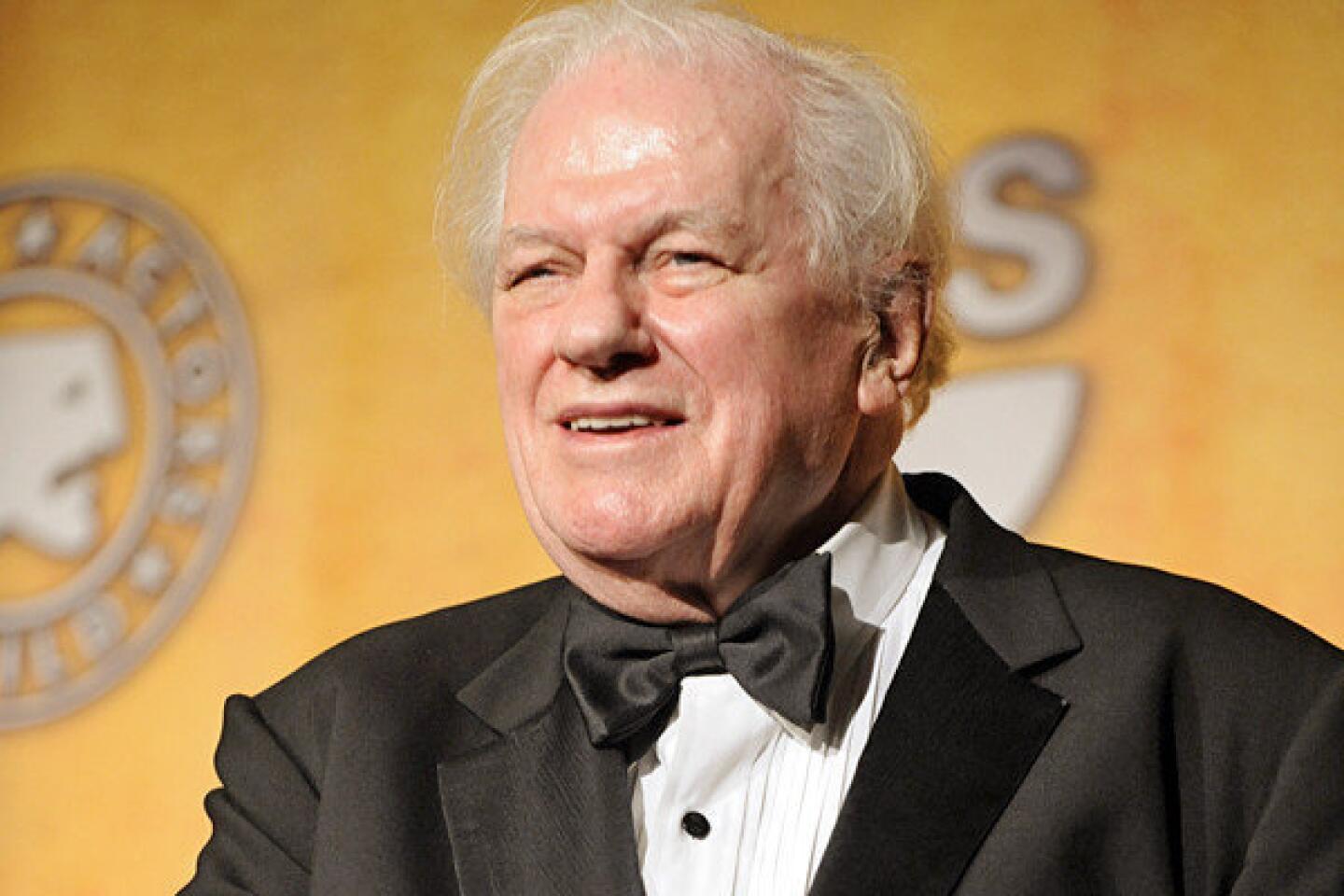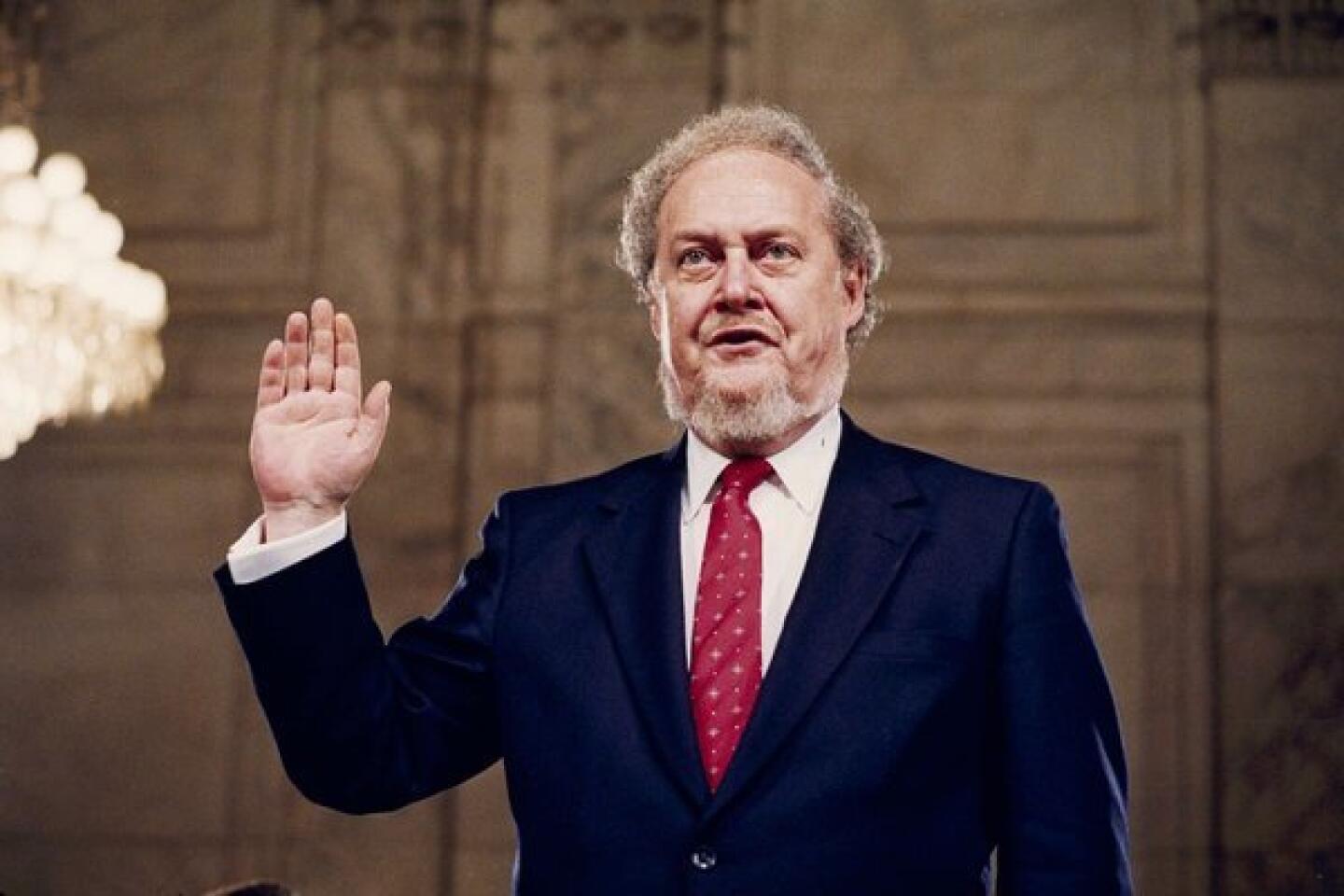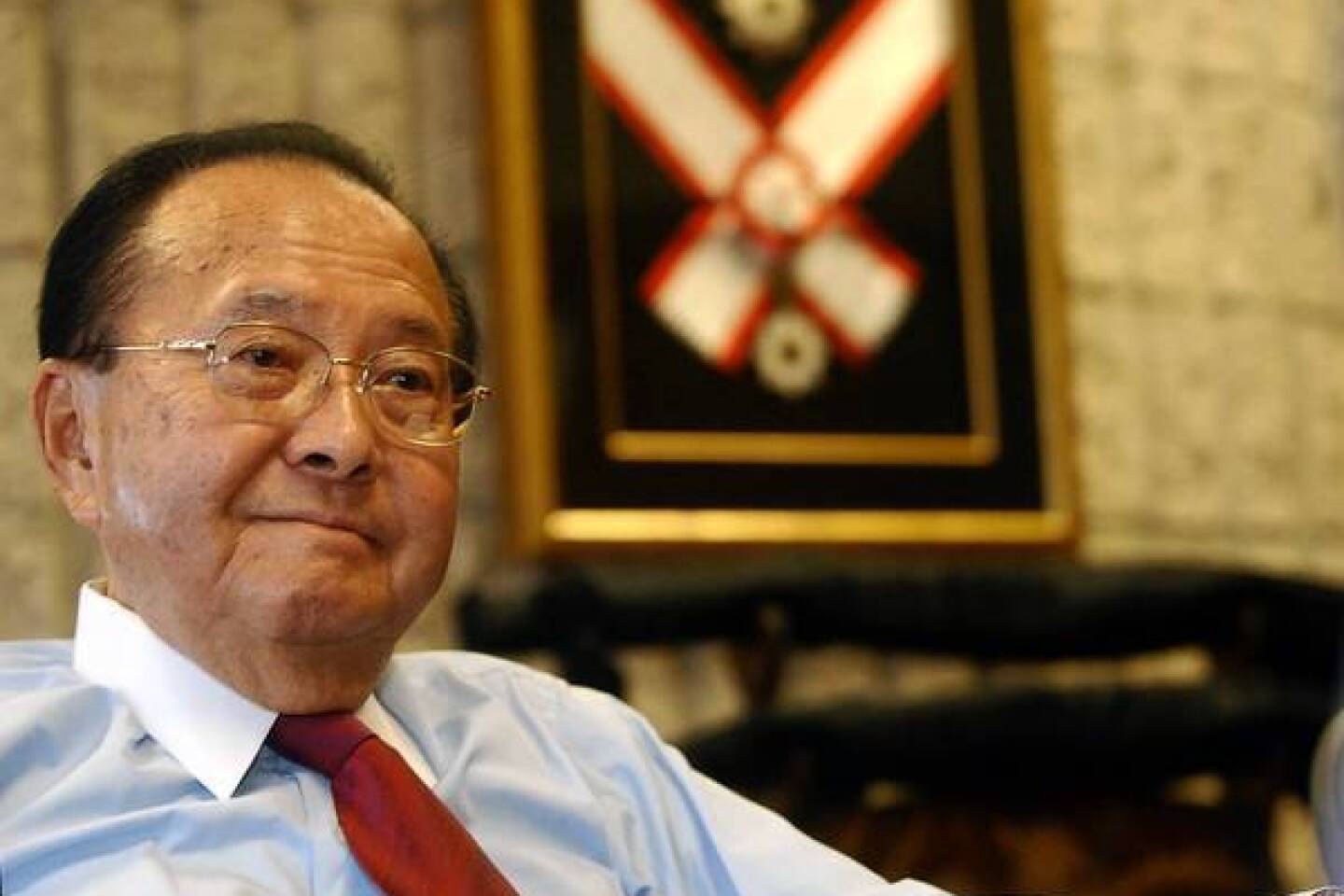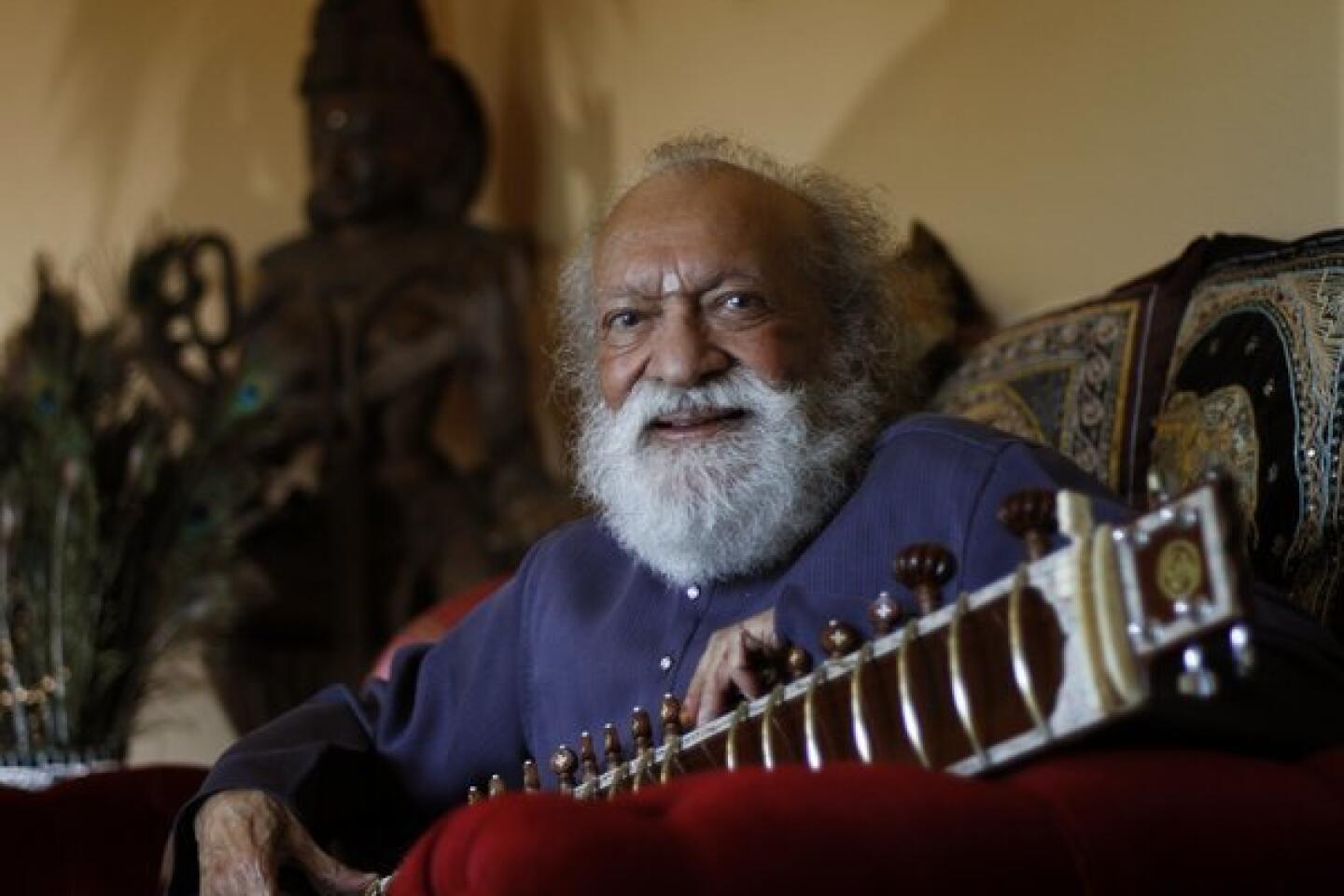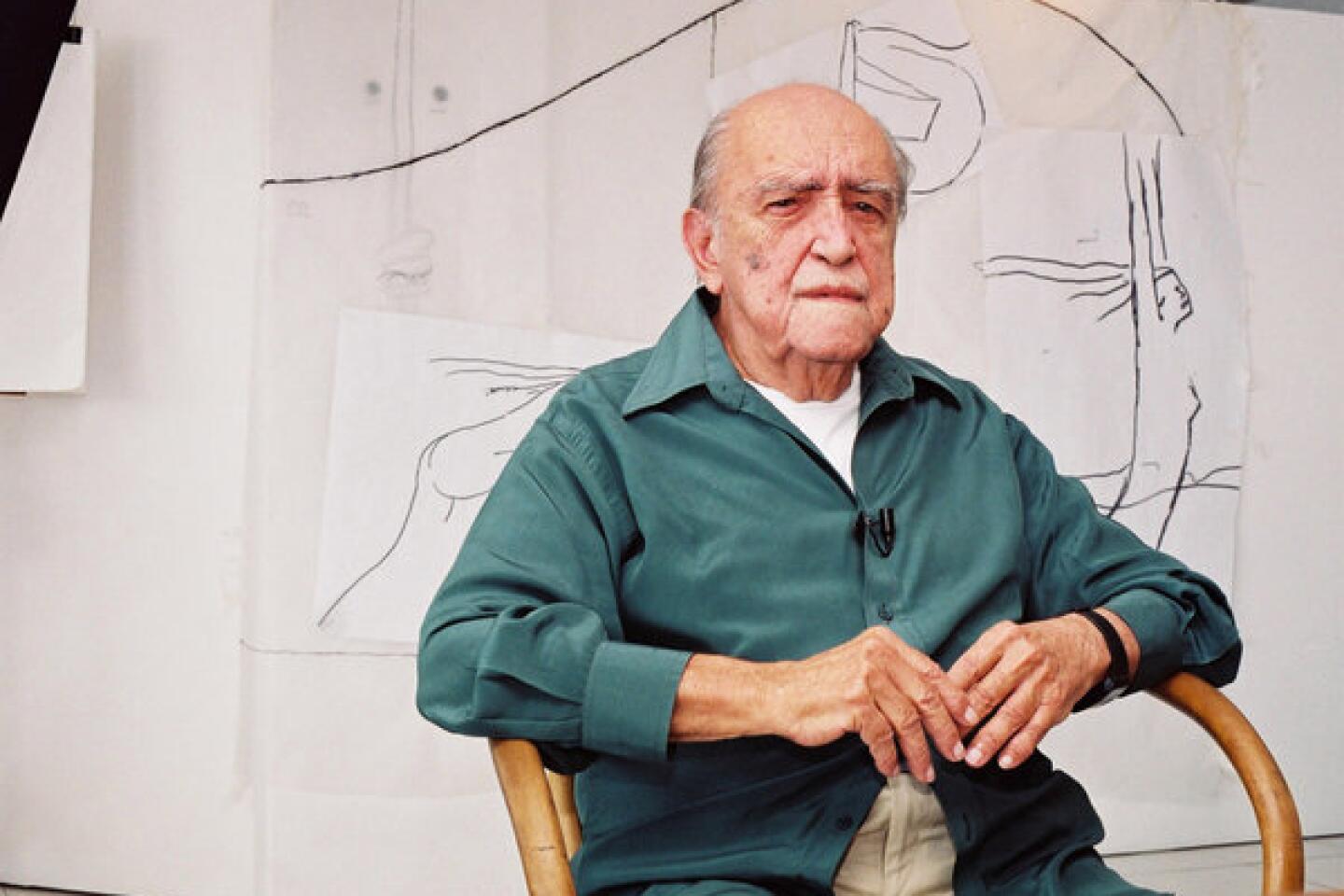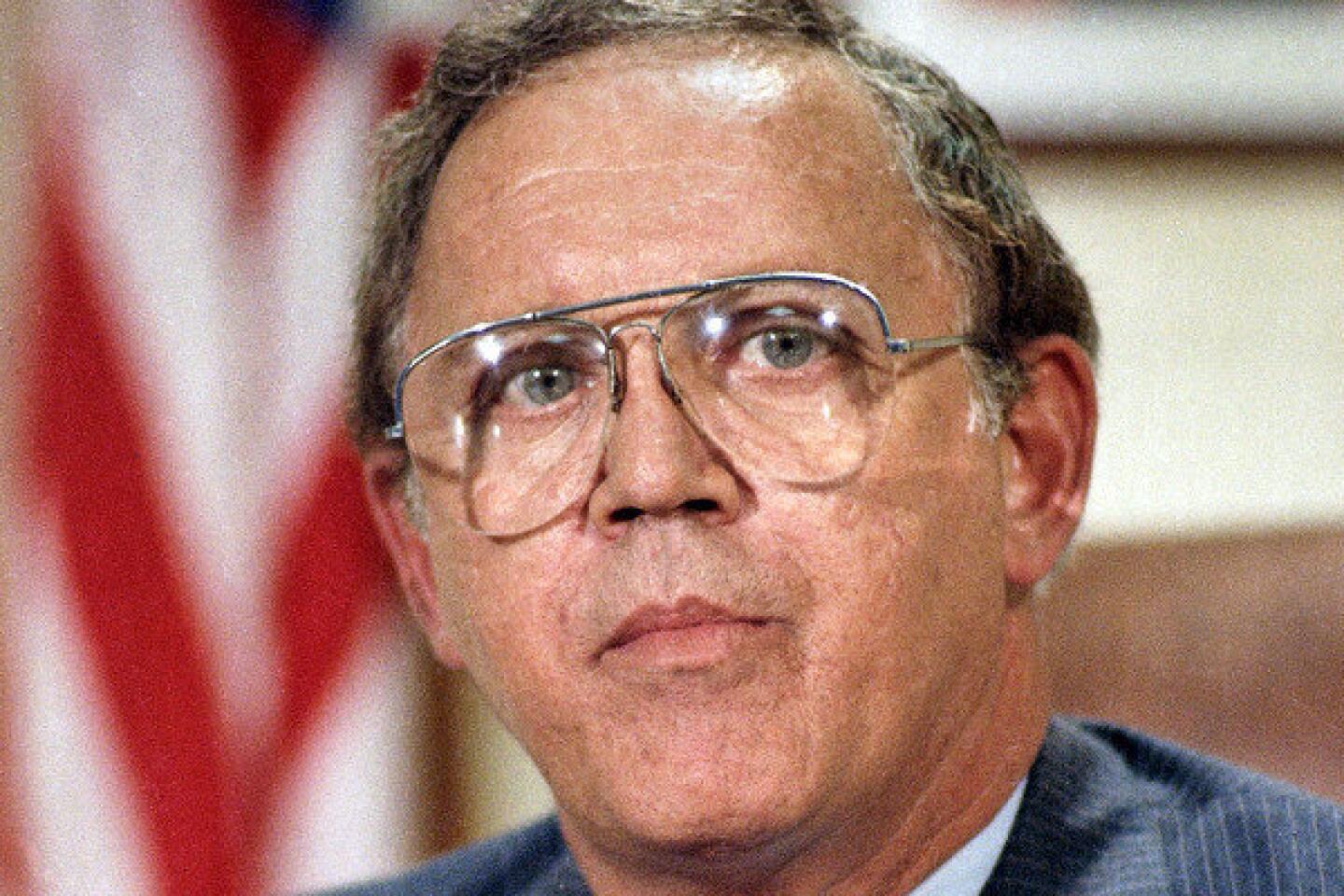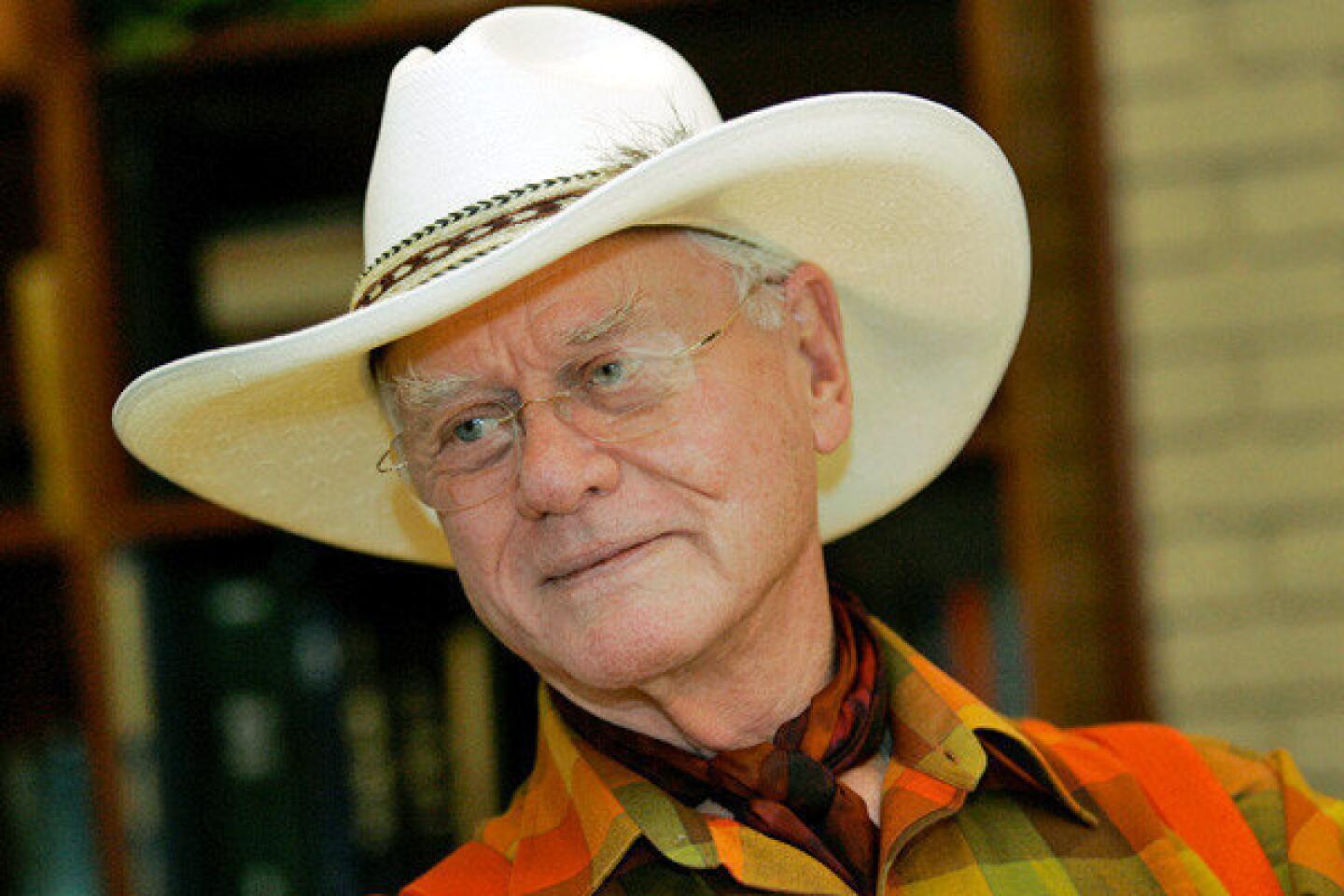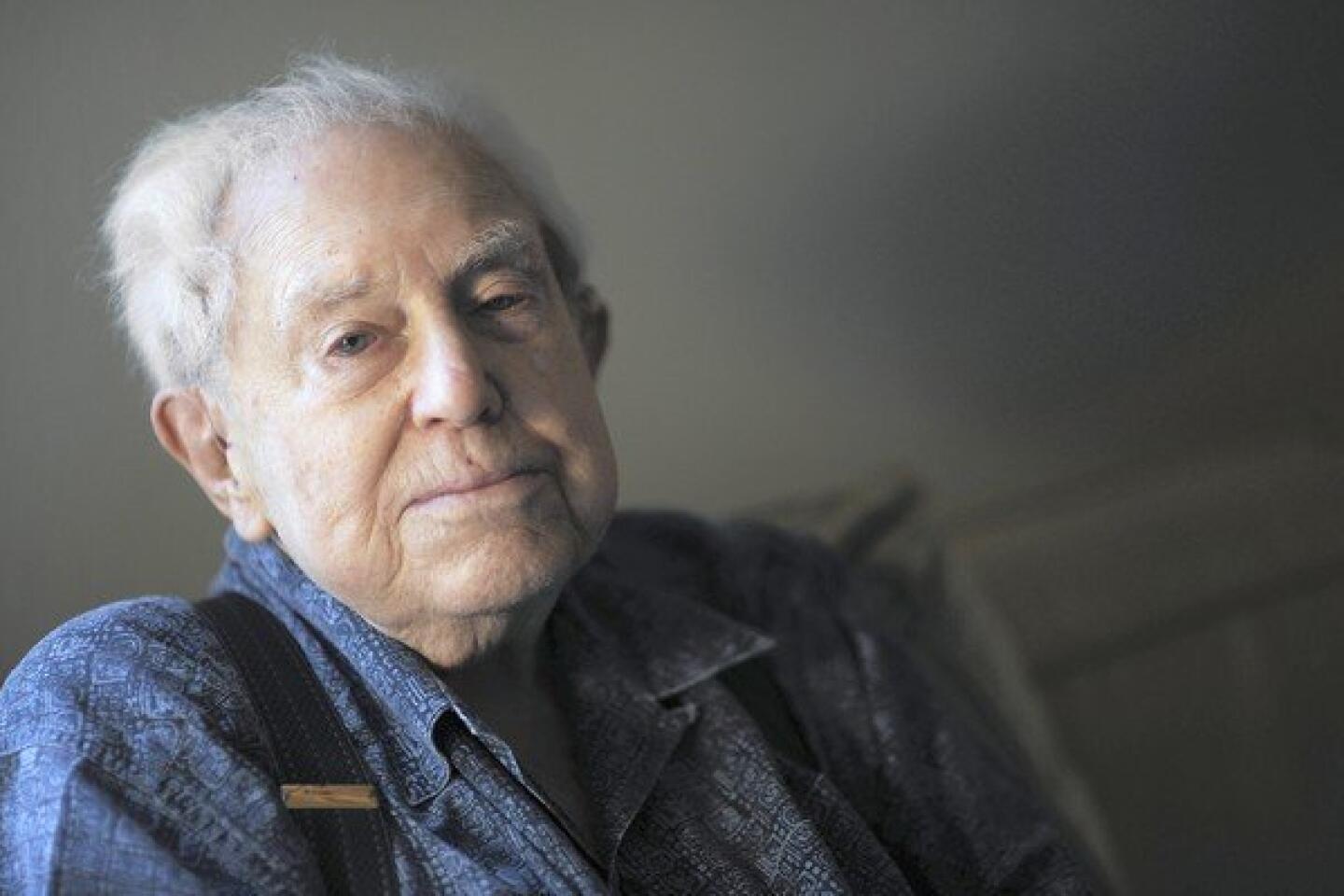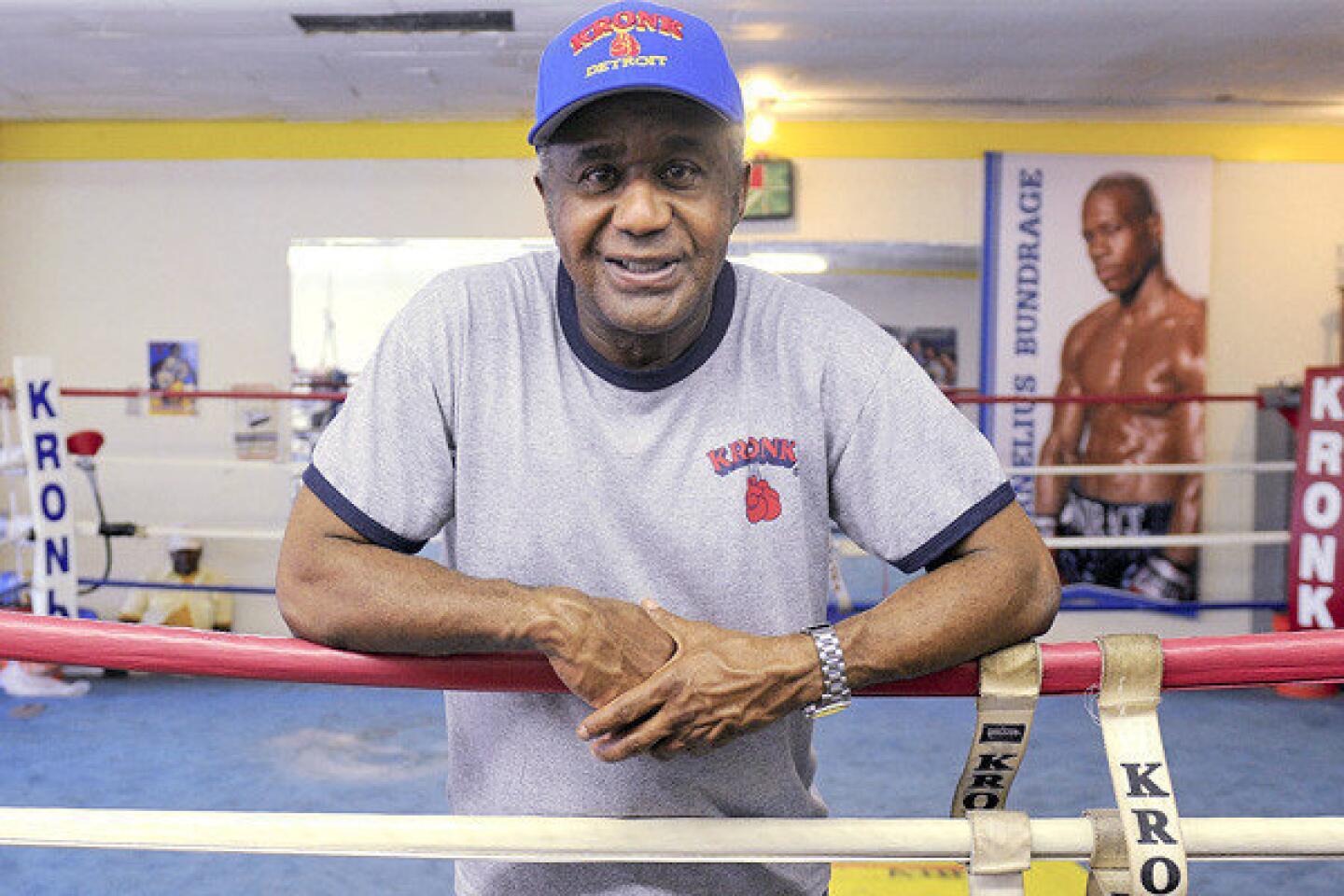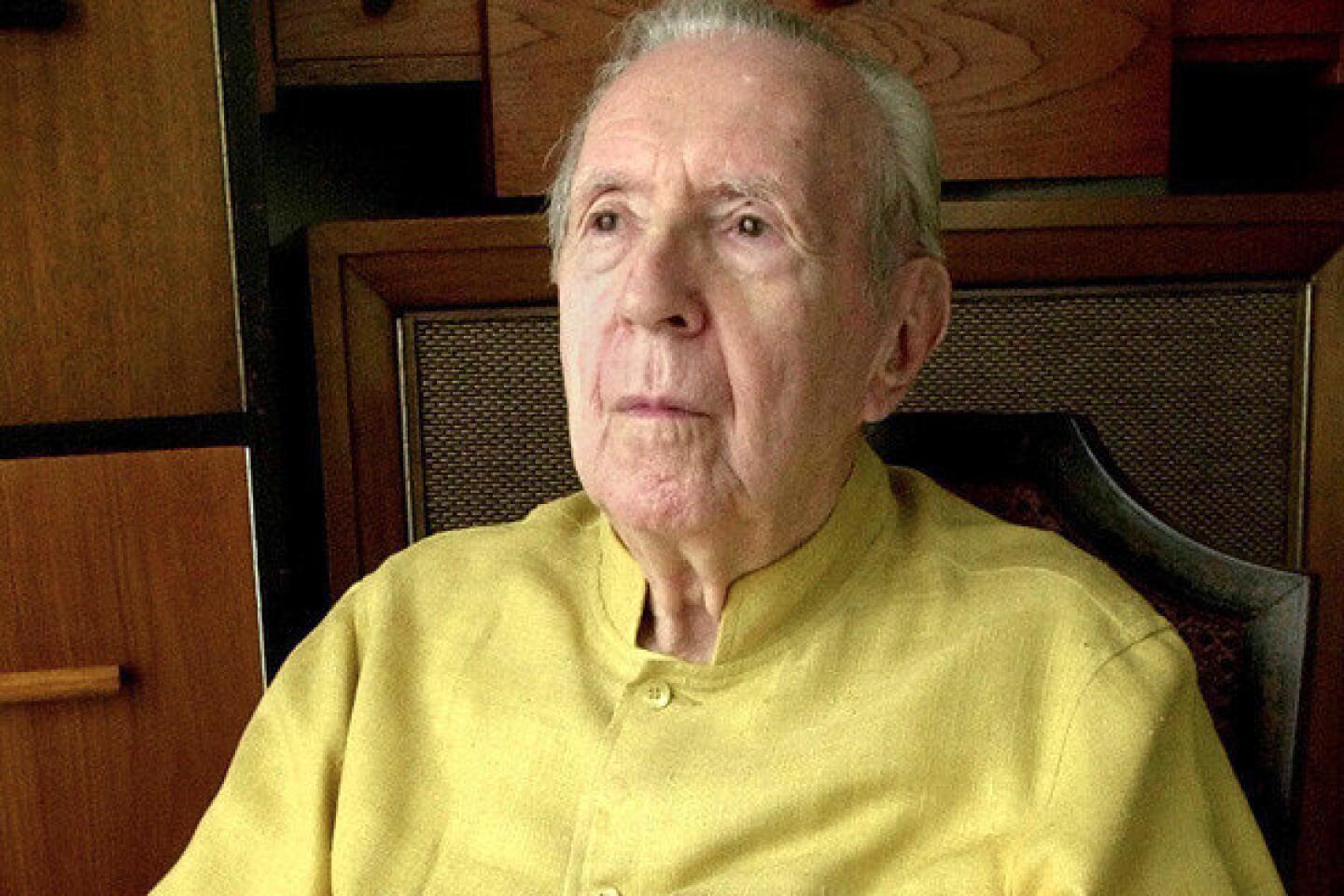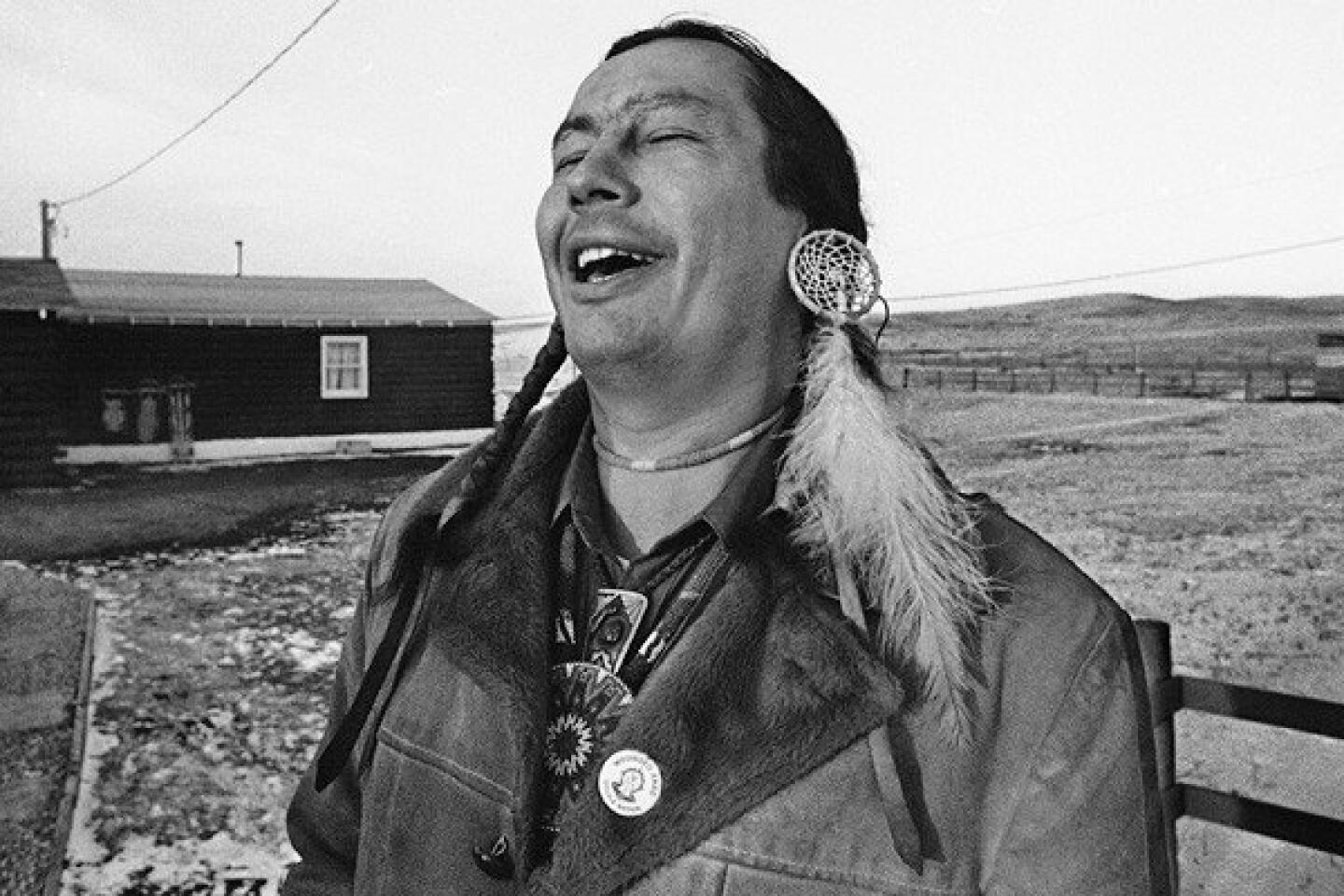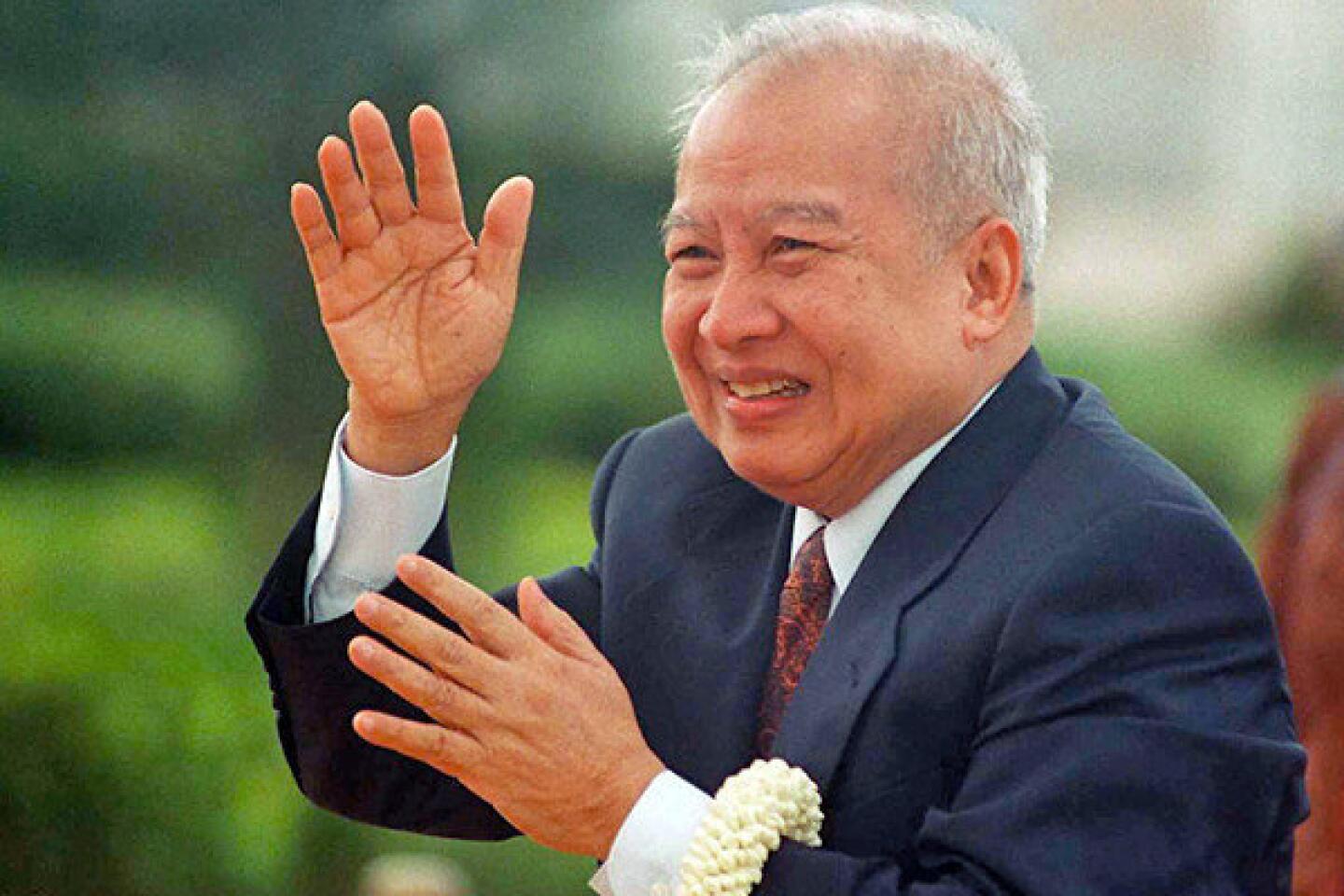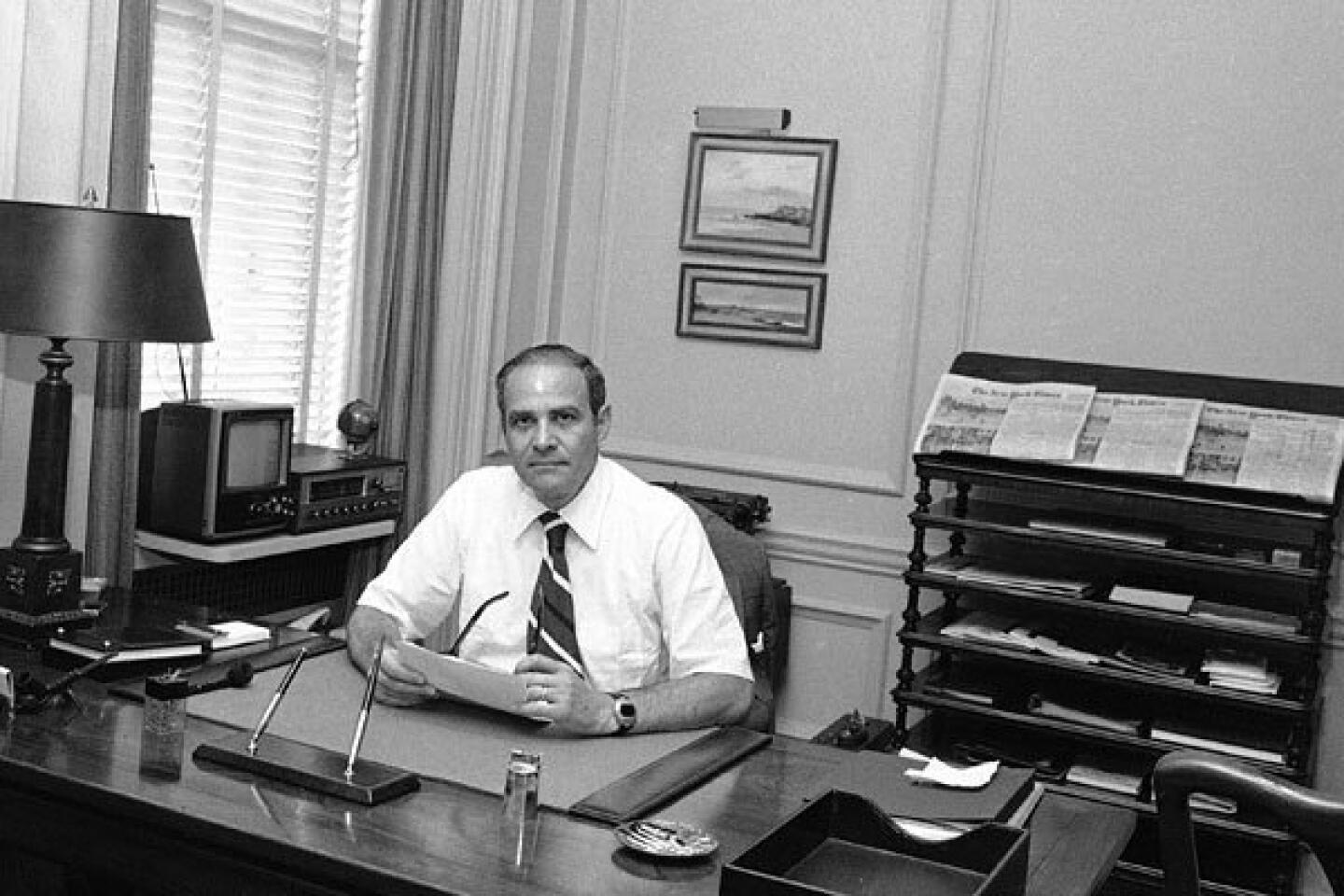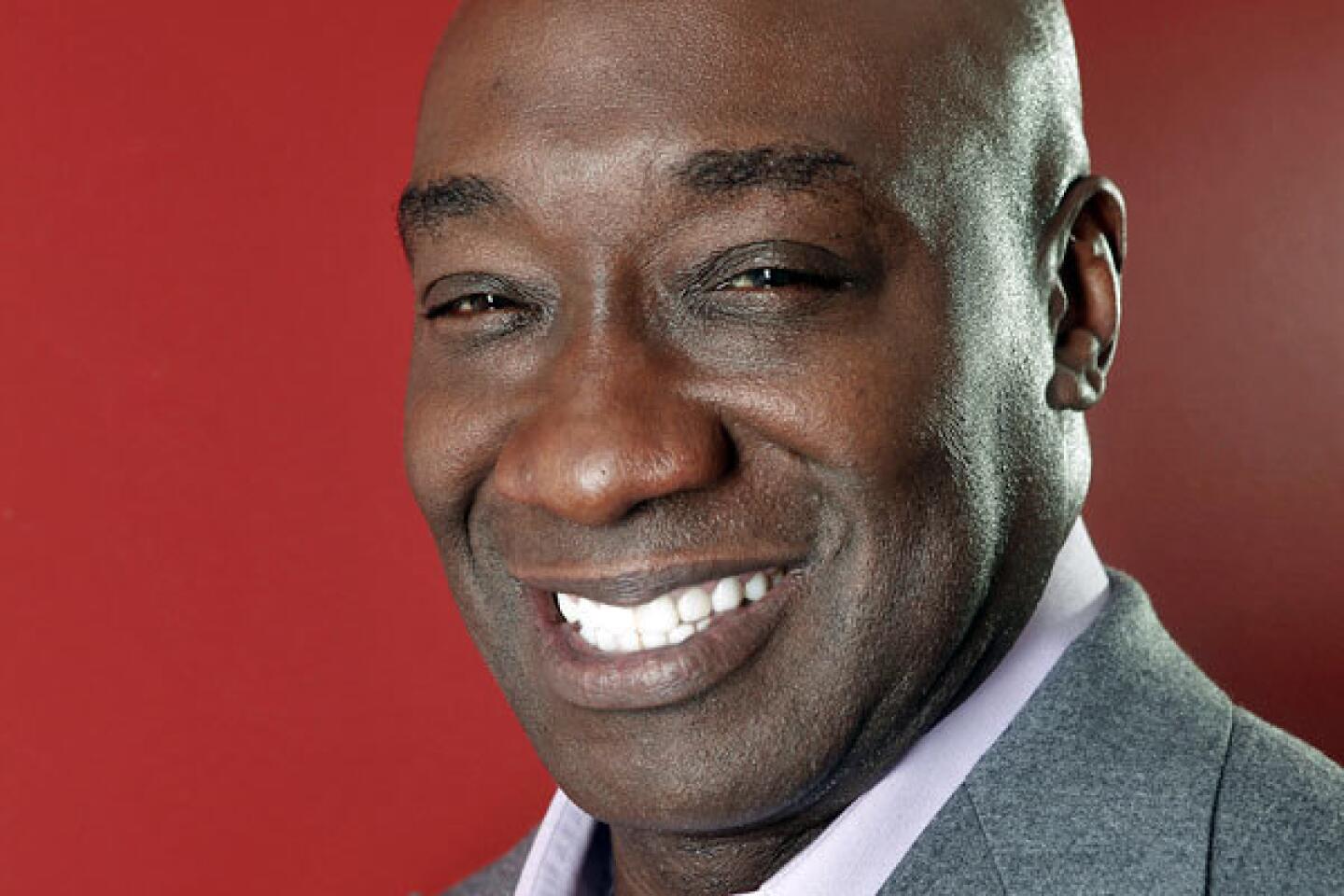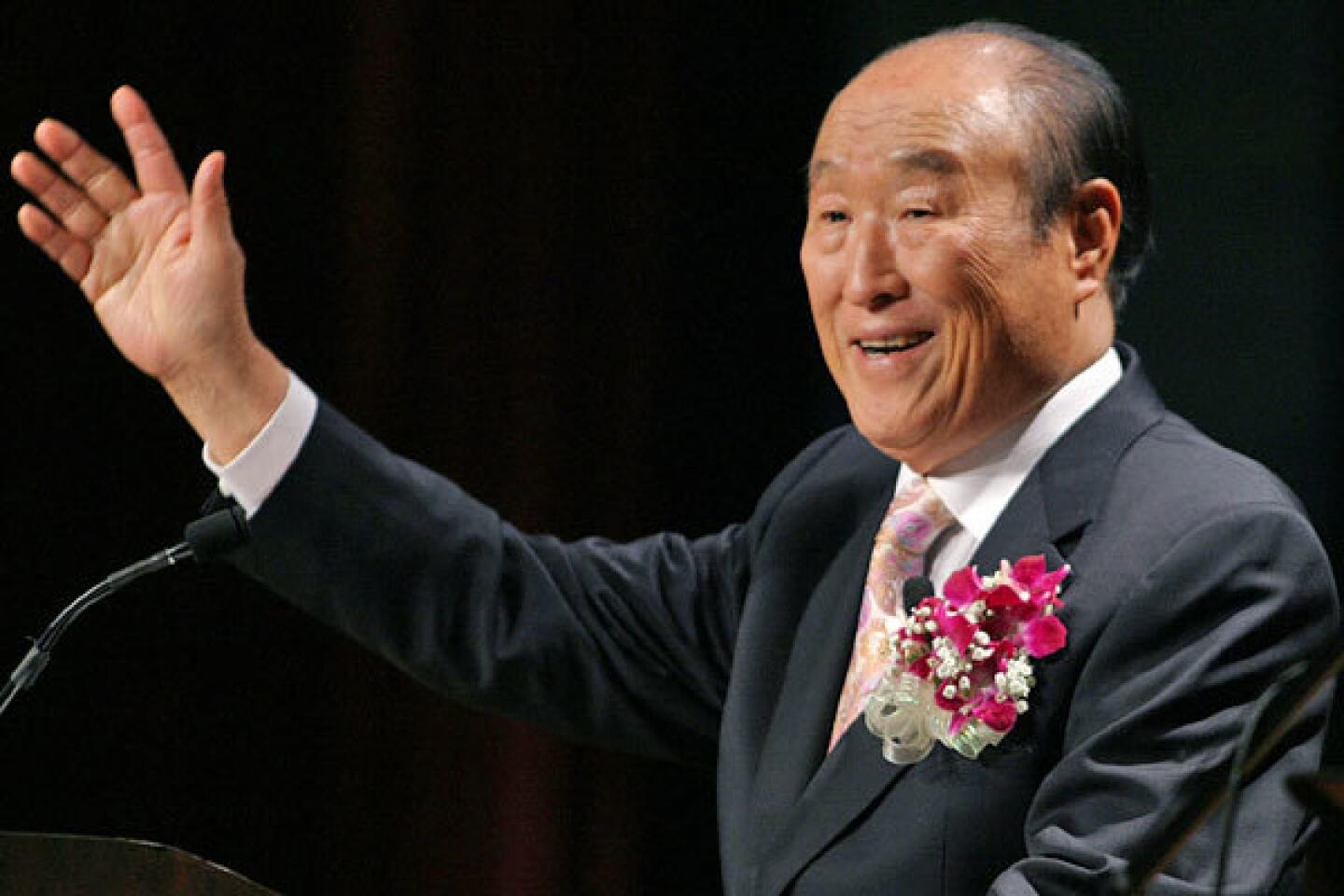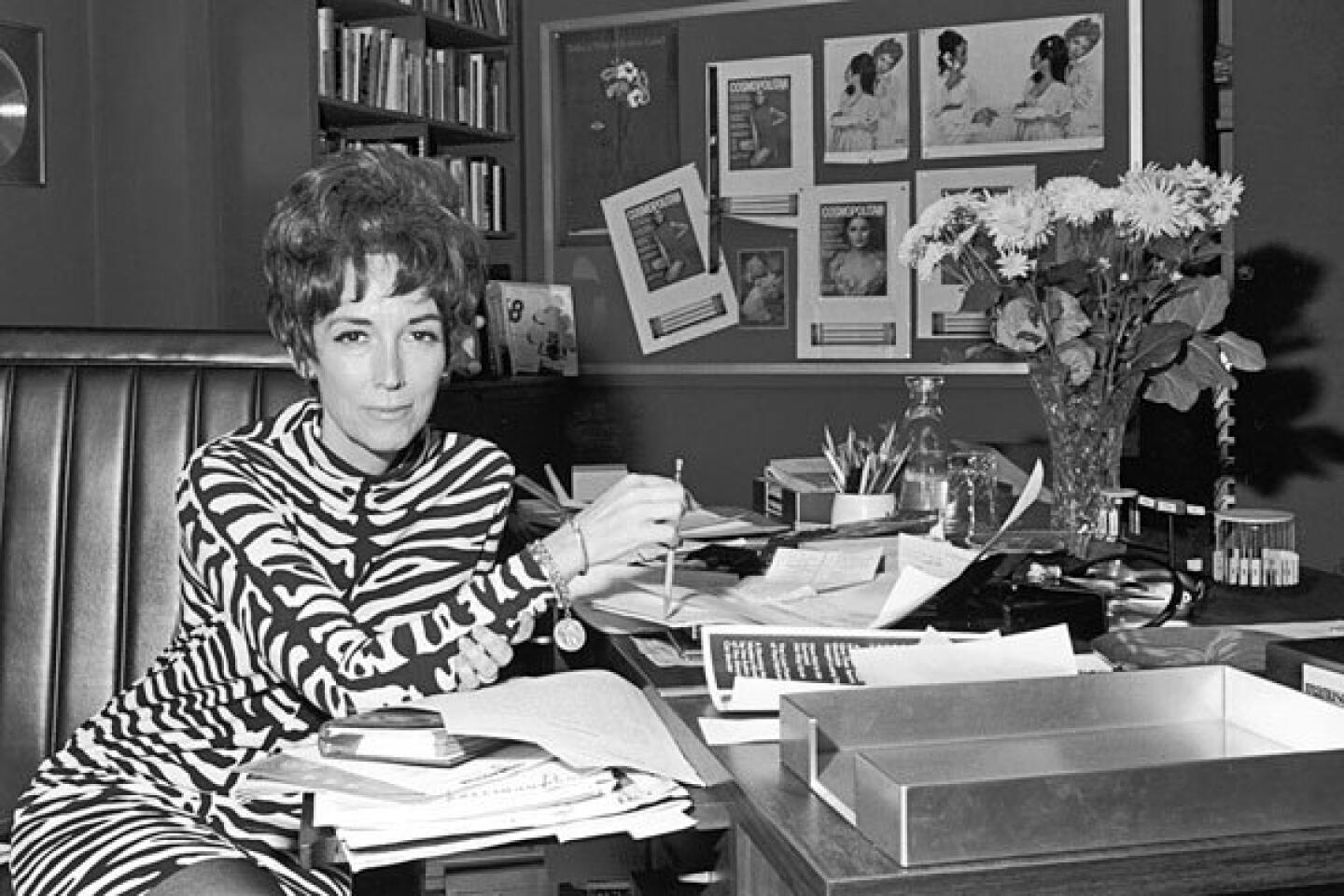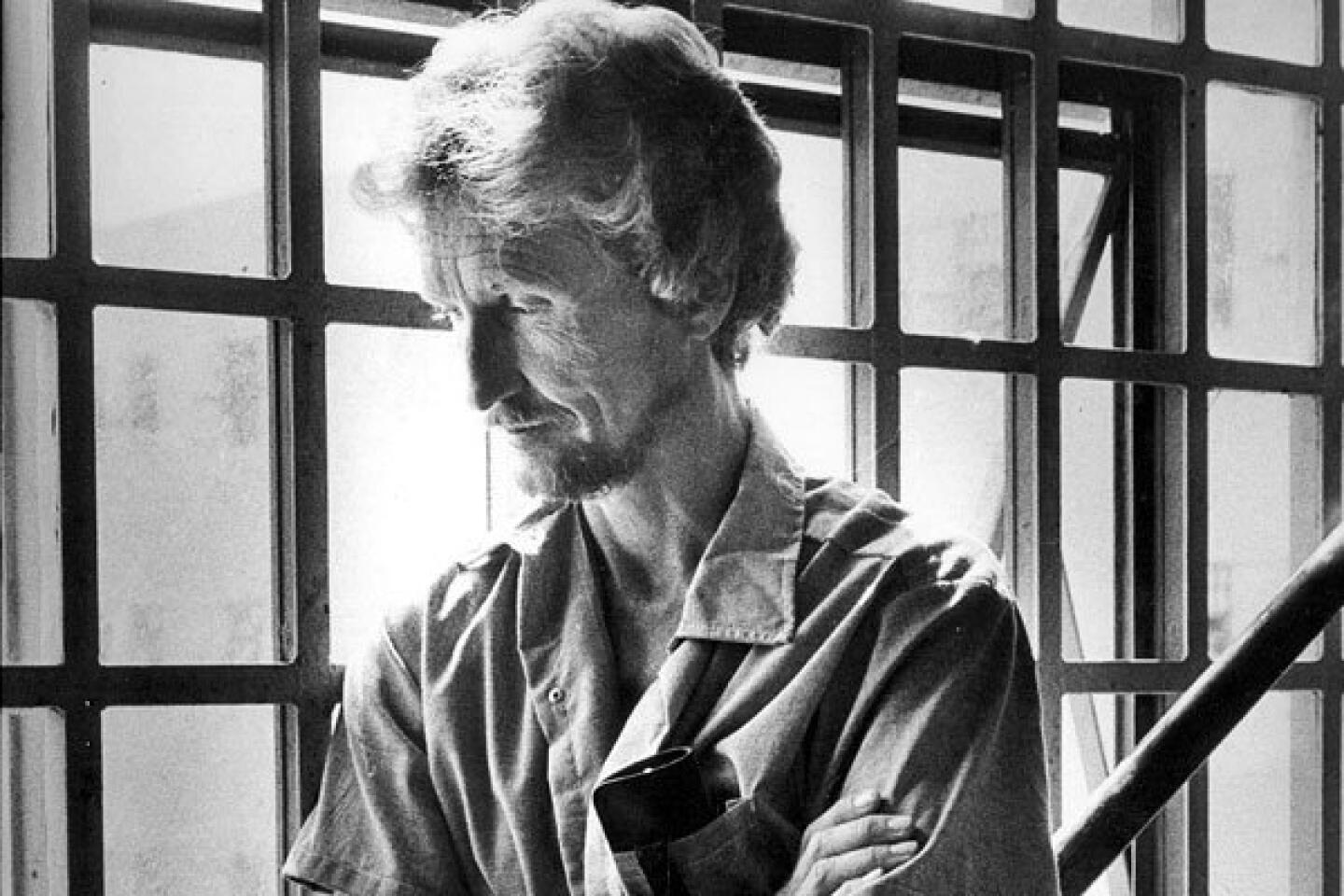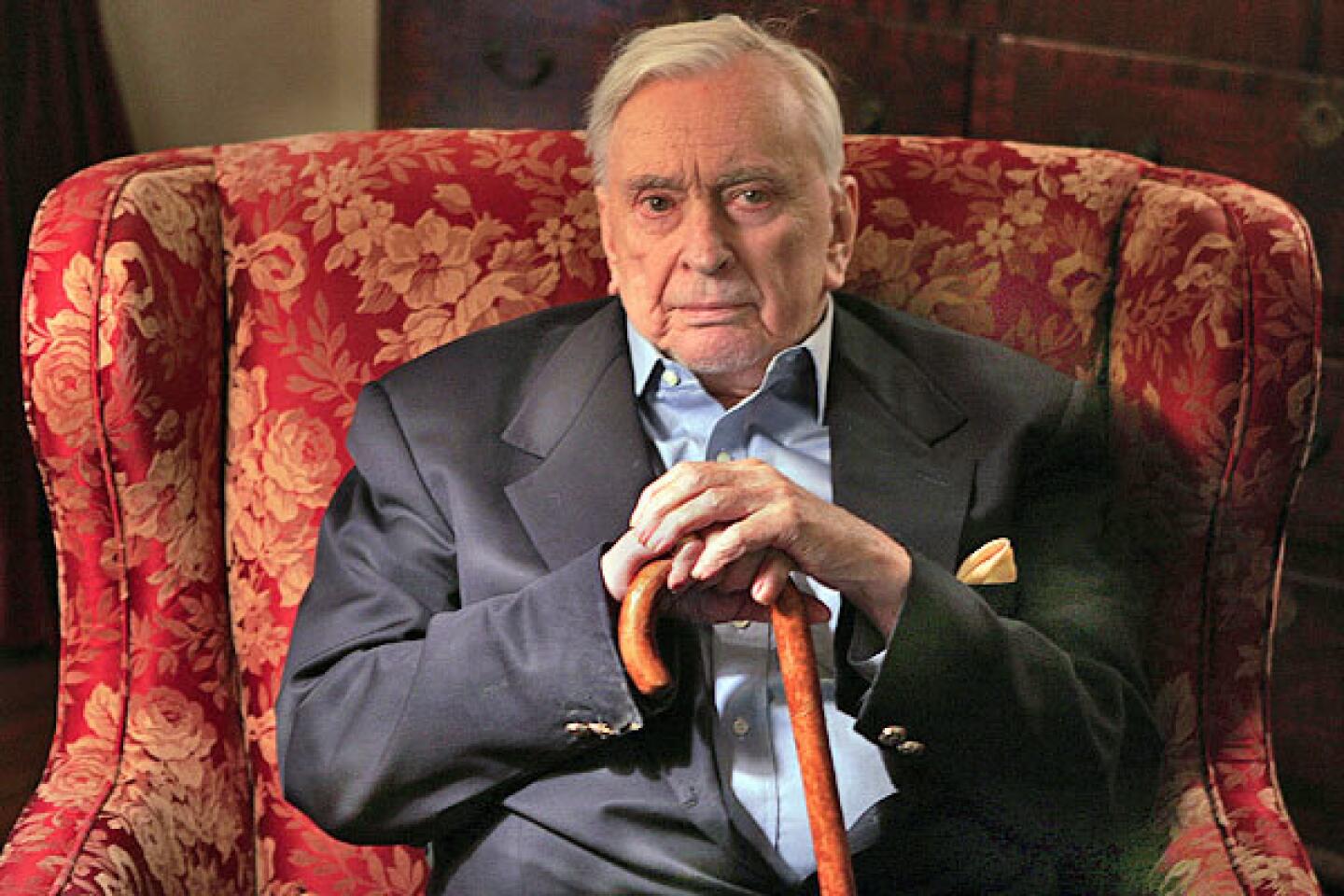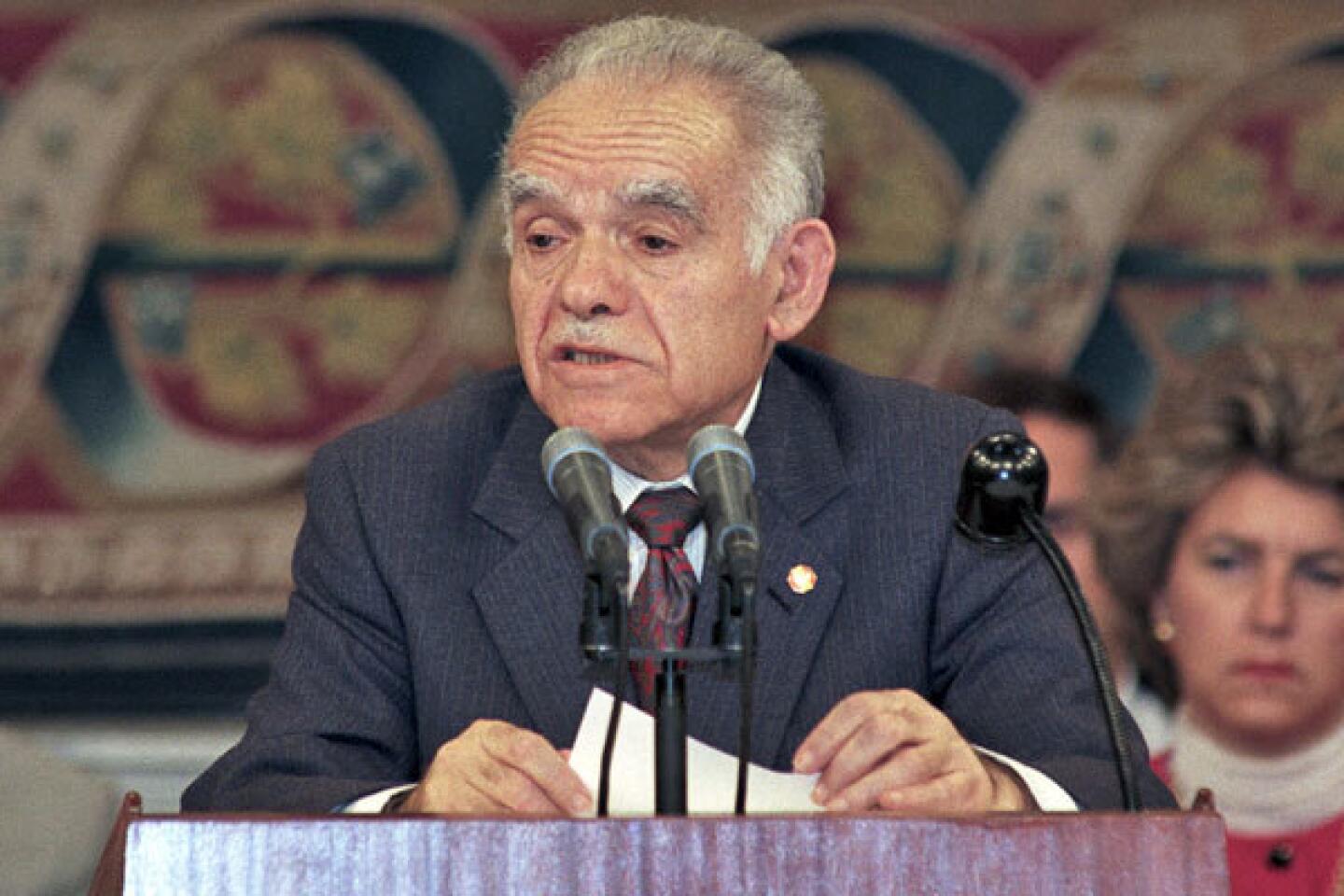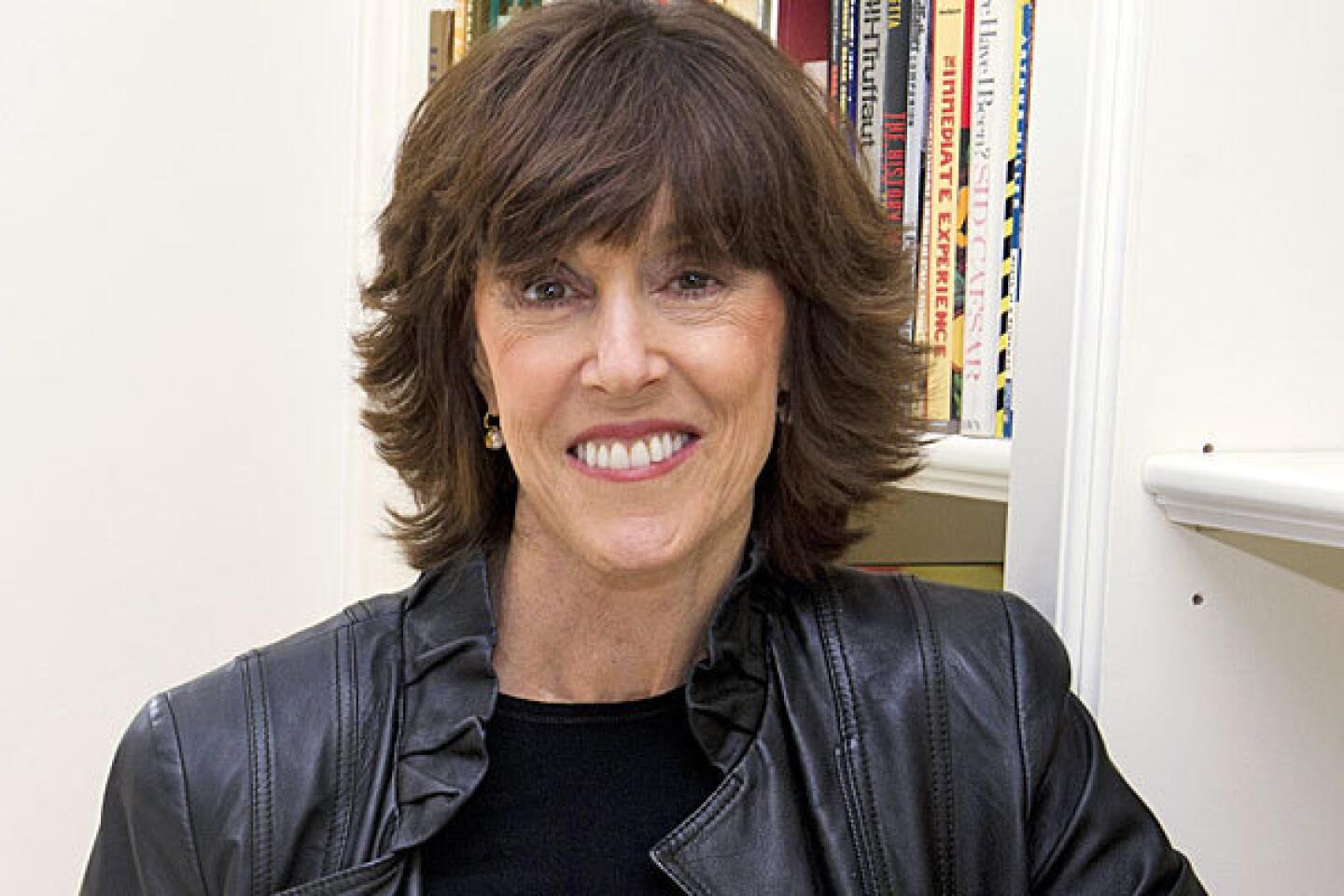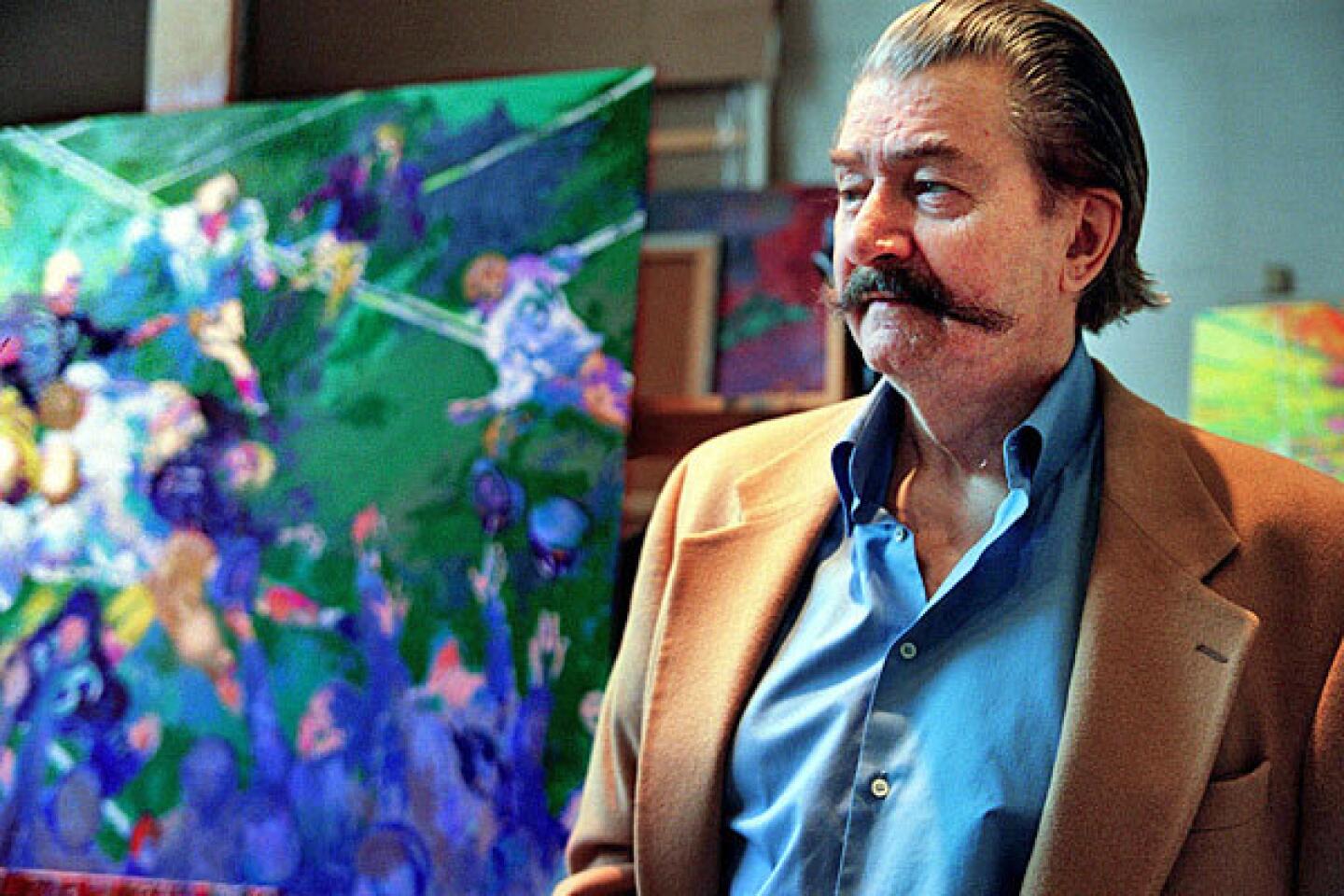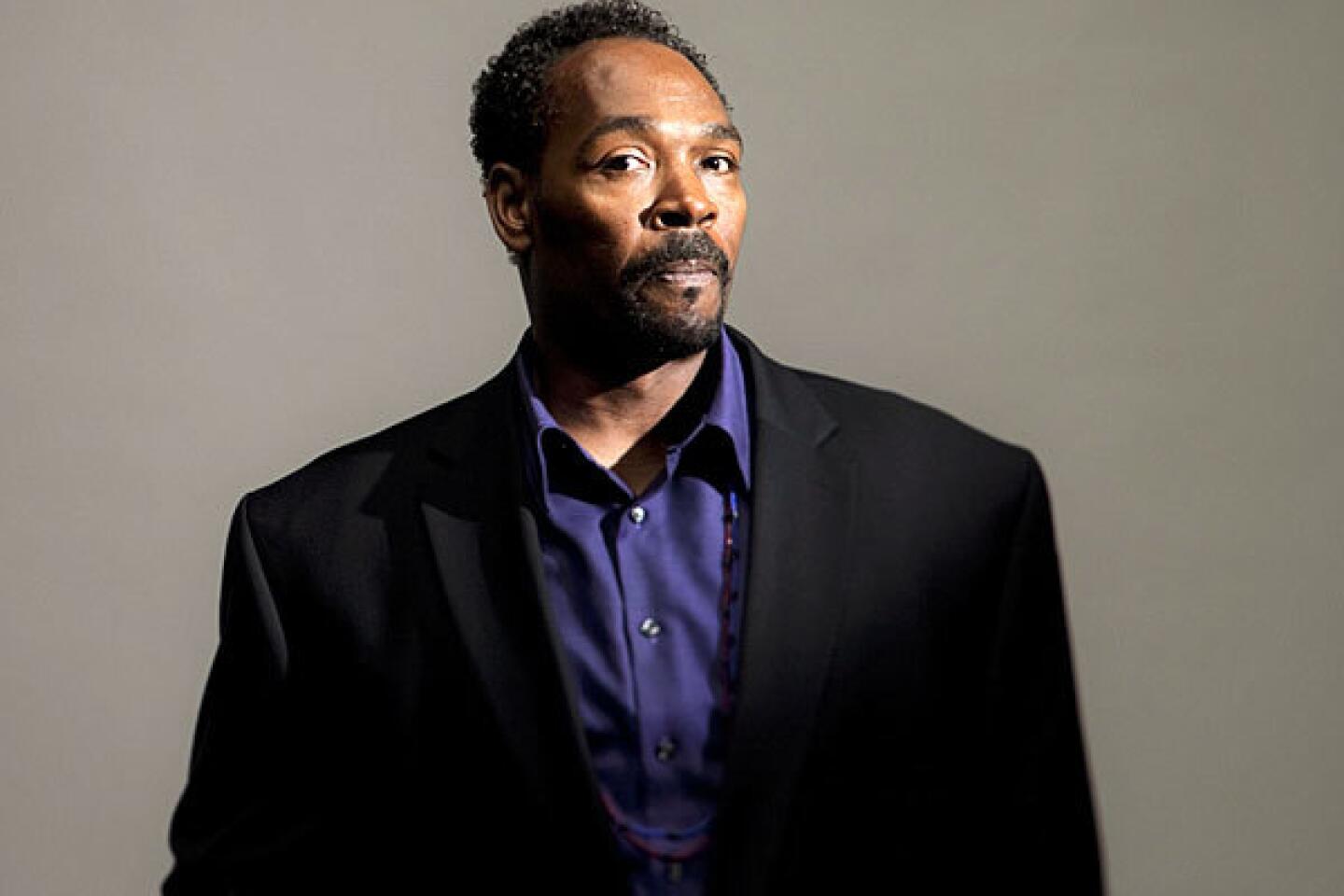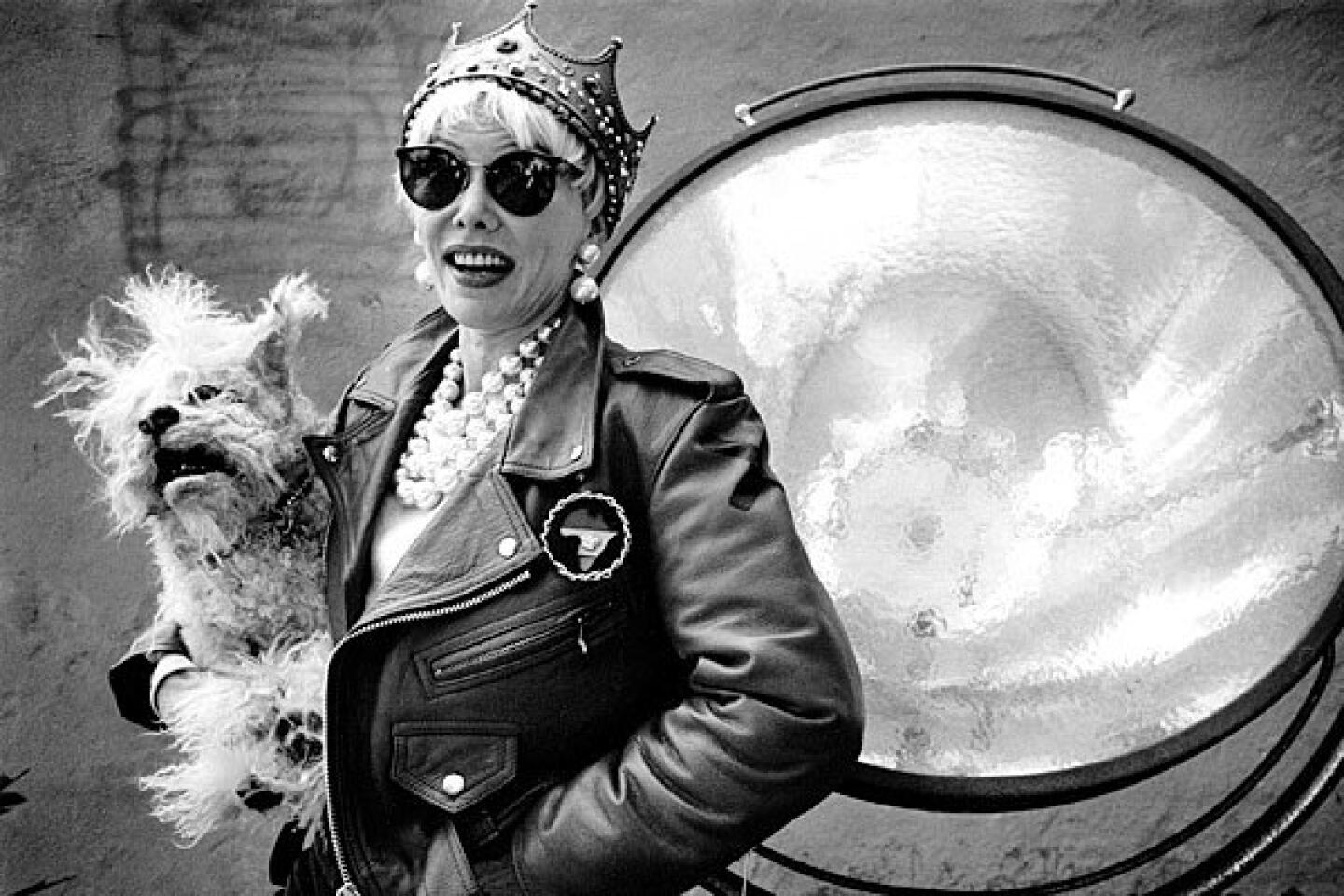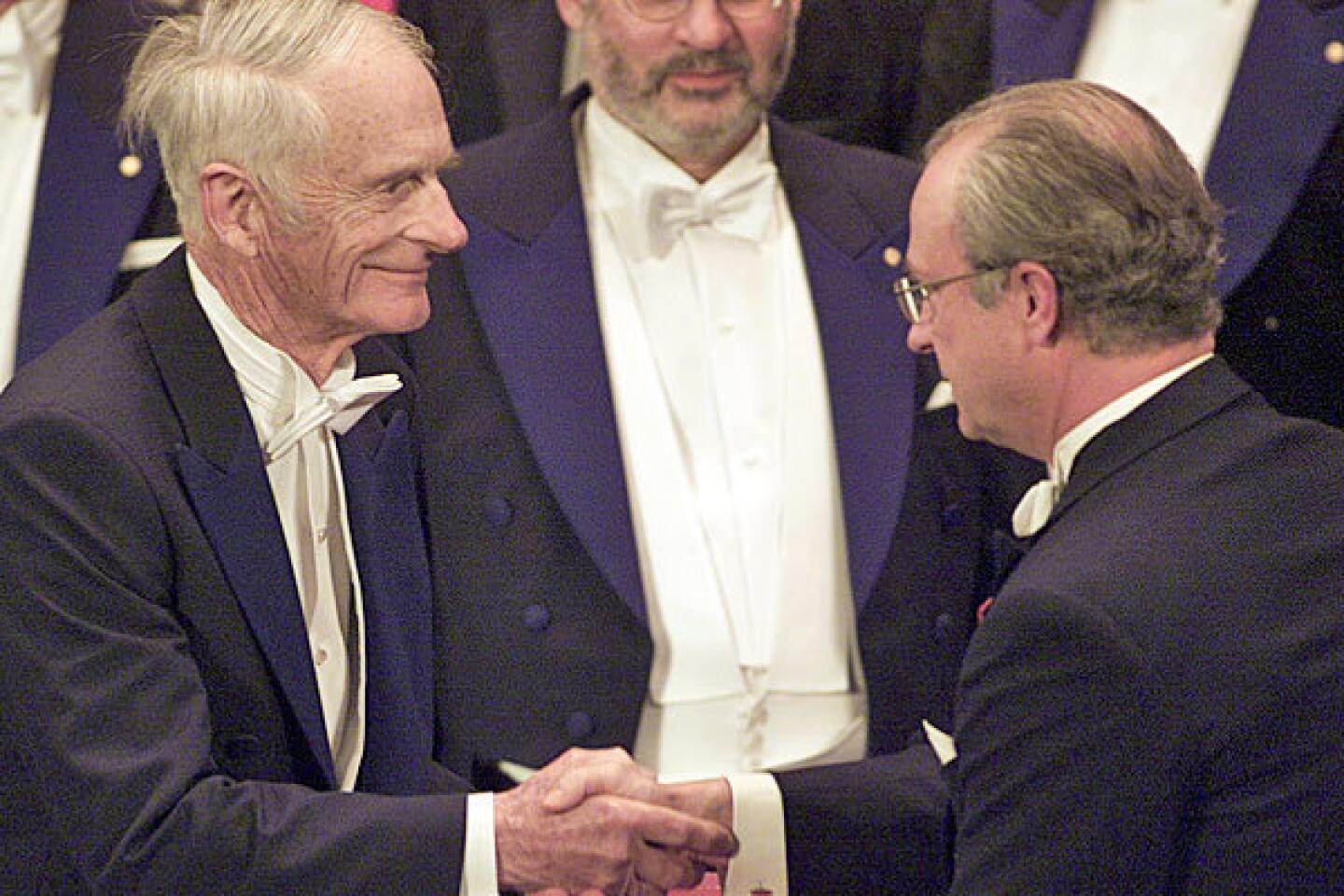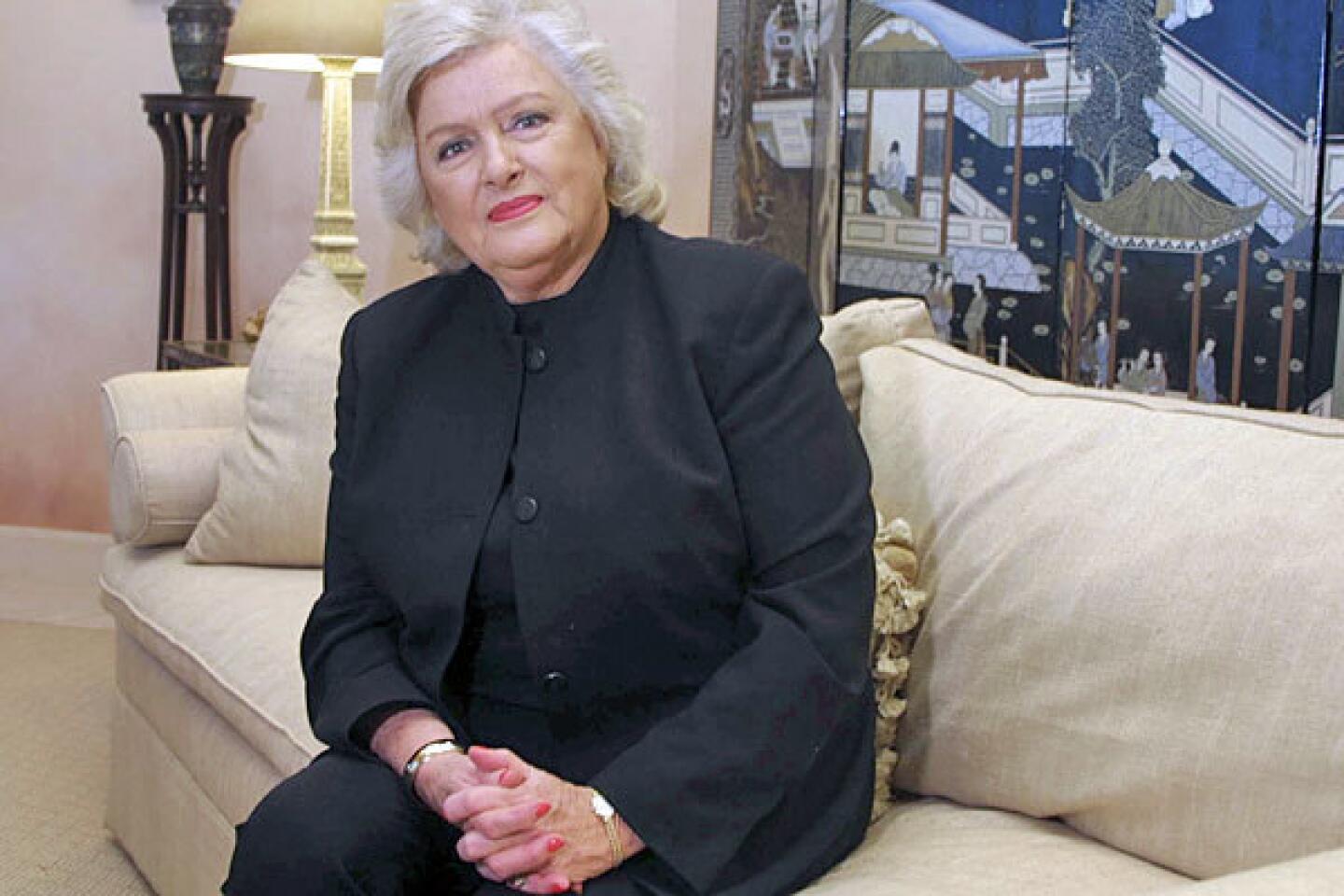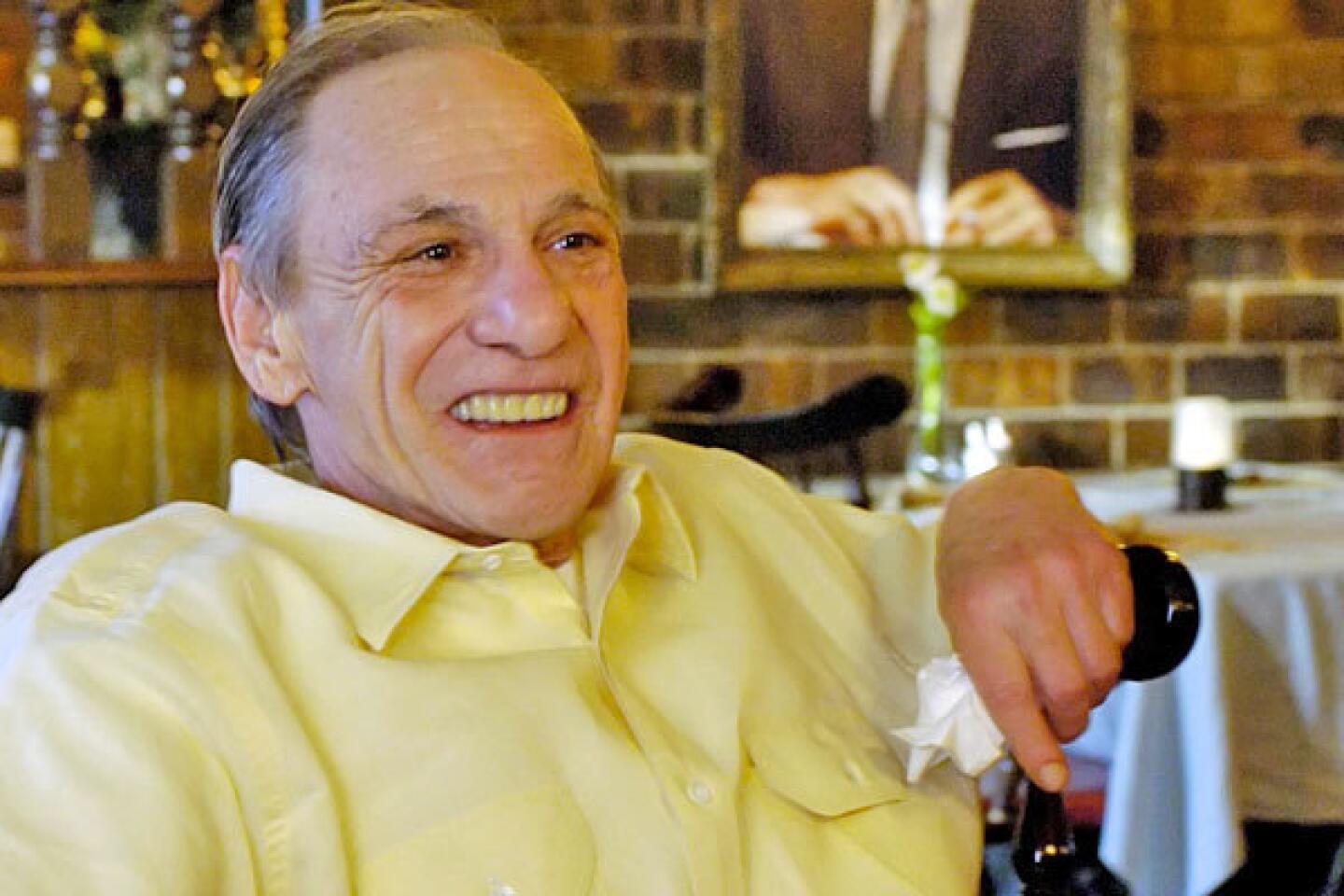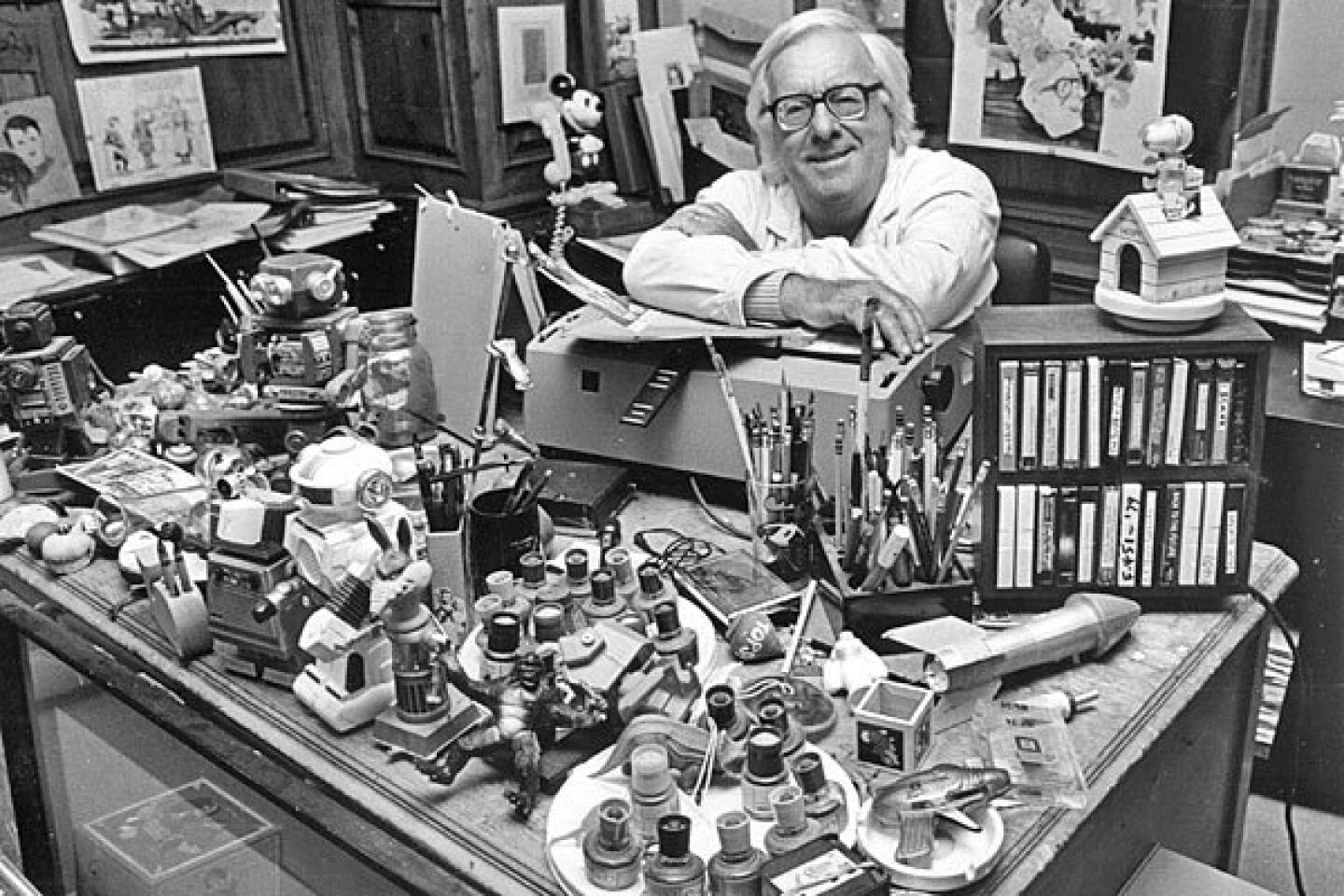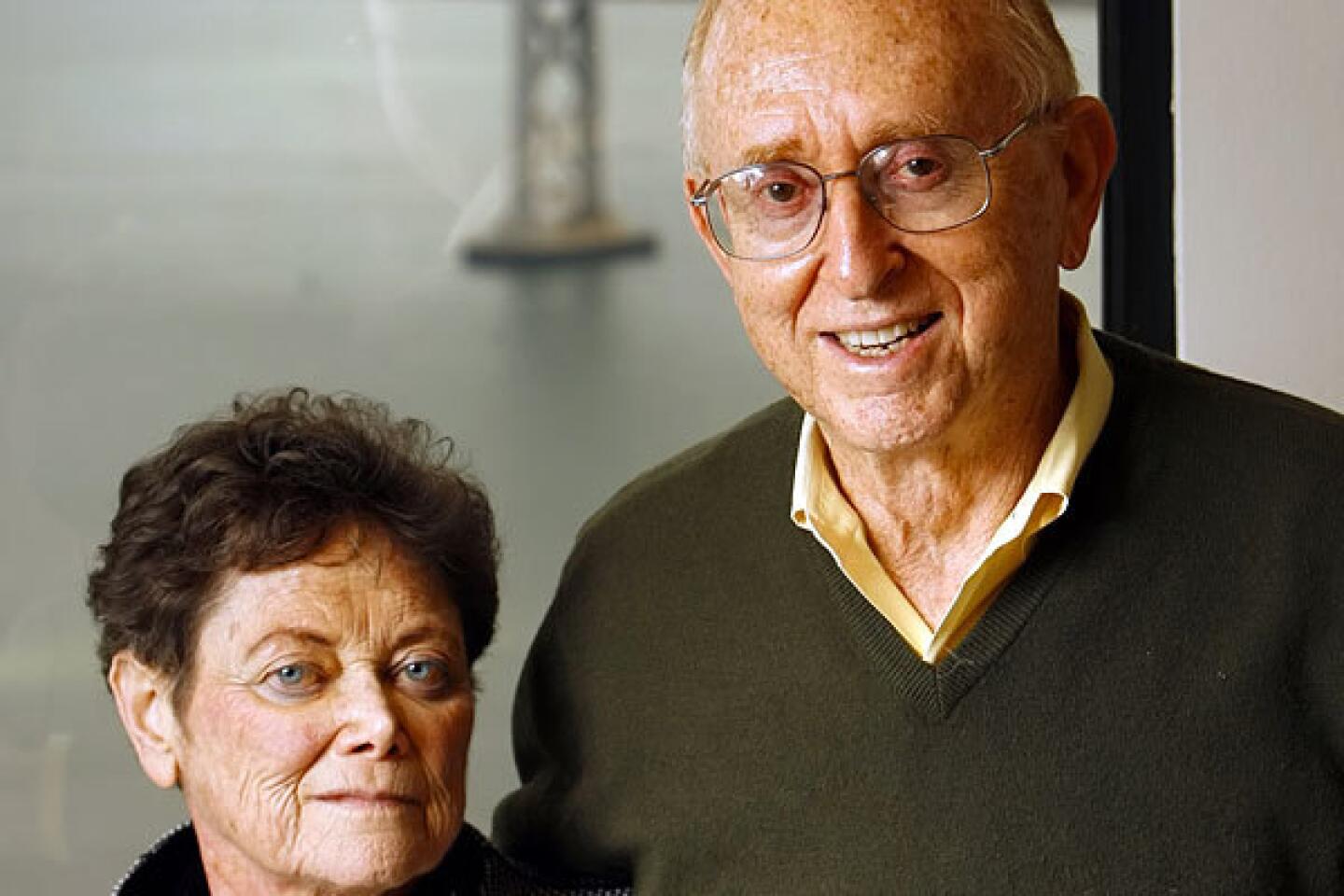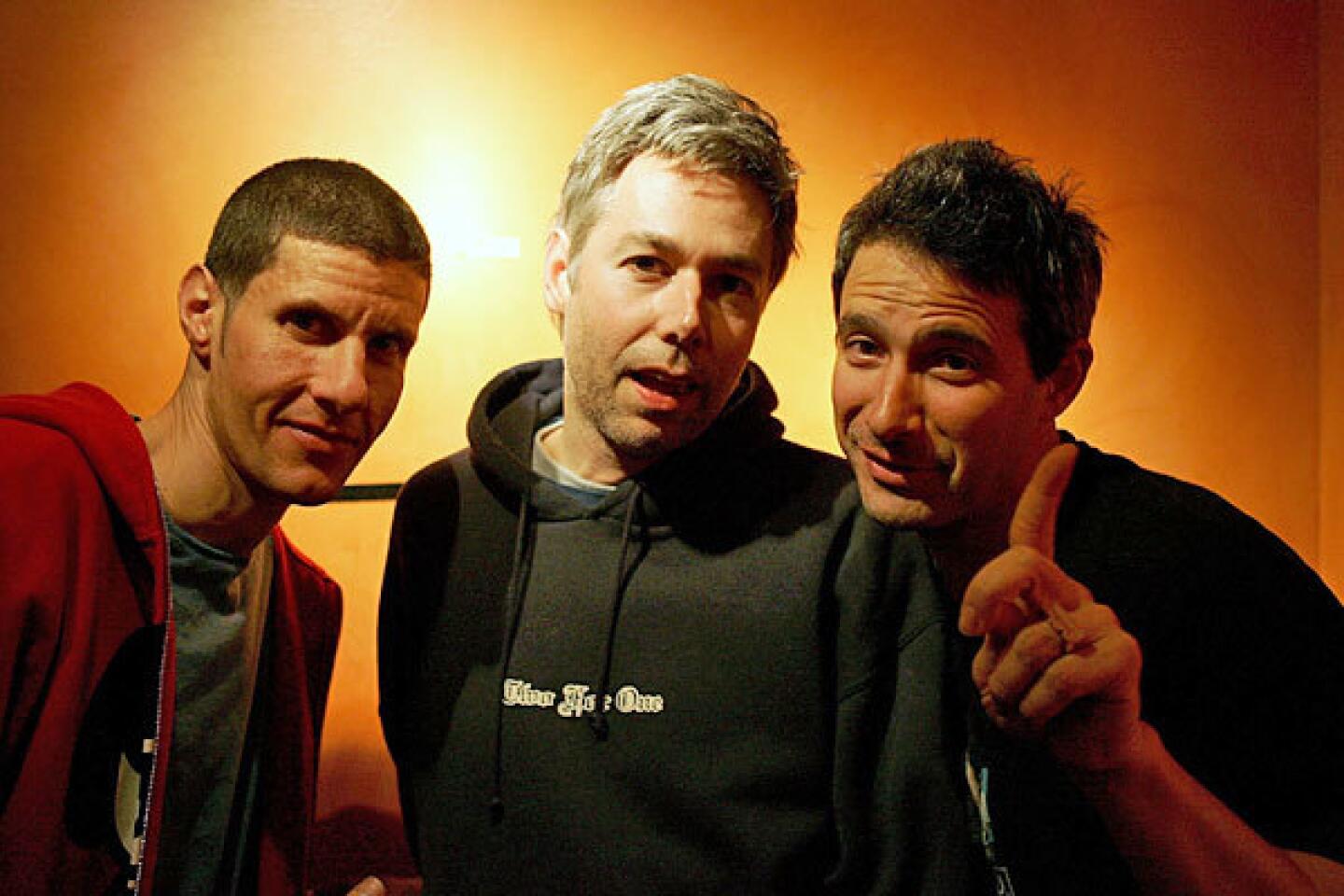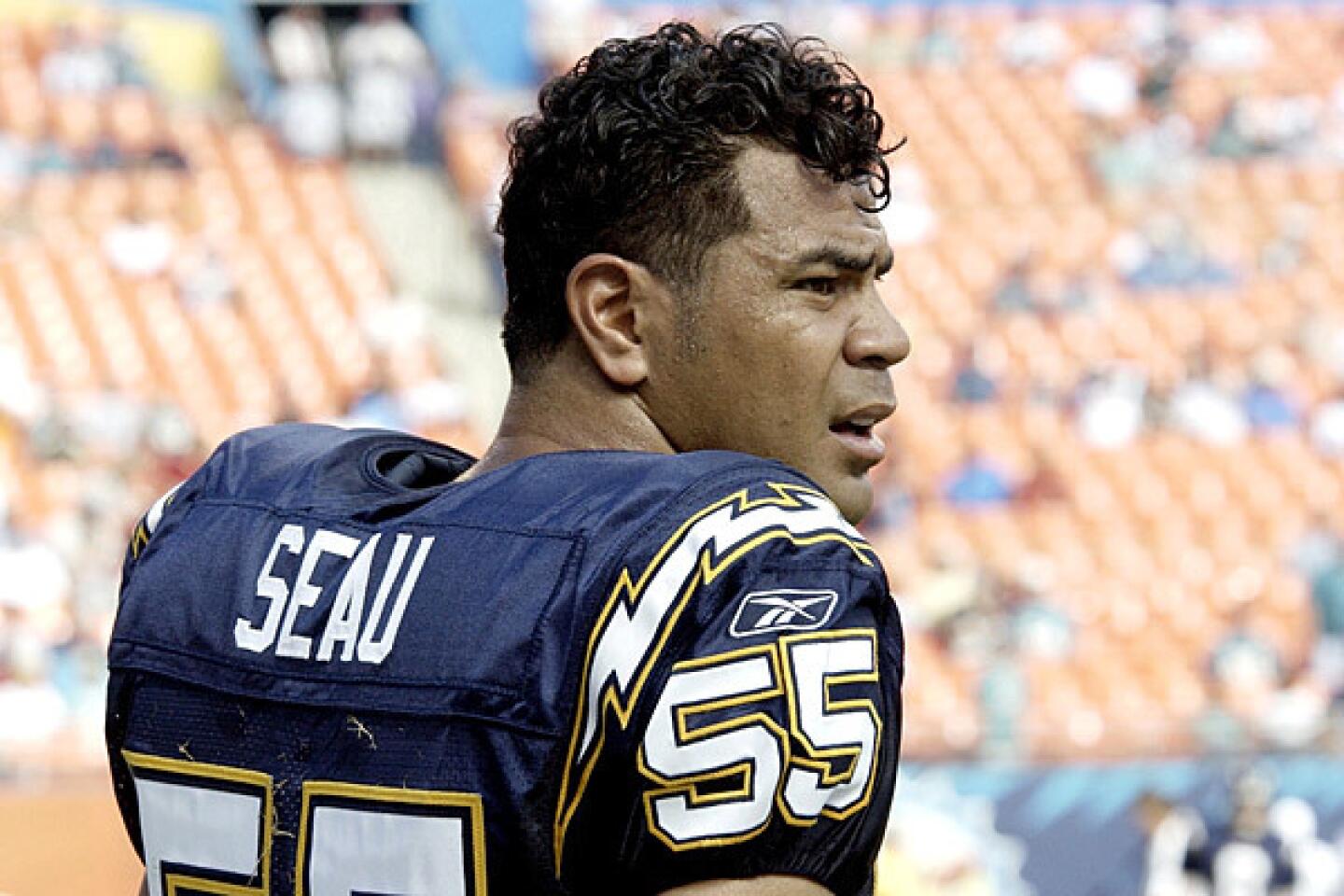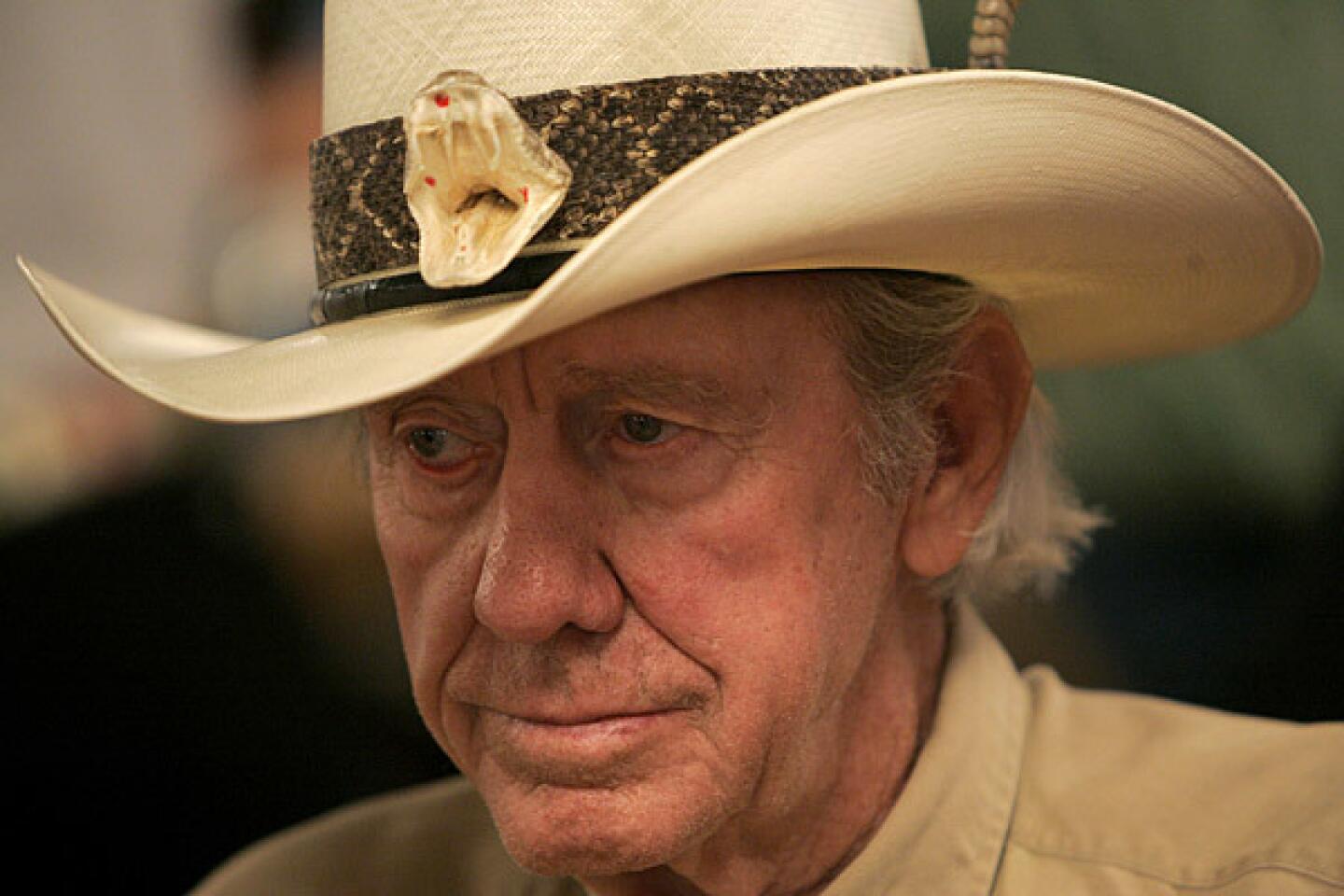Edward Shanbrom dies at 87; hematologist developed blood-cleaning process
- Share via
As pioneering hematologist Dr. Edward Shanbrom looked for simple solutions to complex problems, his home was often his laboratory and common household items his scientific ally.
When he needed a filter to test a concept, one made for coffee would do just fine. If he was investigating ideas related to plasma and none was available, he would use milk because it shares many properties with plasma.
“I don’t do sophisticated science,” Shanbrom once said. “My work is quick and feasible” yet could “be very important.”
He was one of the developers of a breakthrough treatment for hemophilia and on his own devised a critical blood-cleaning process that uses detergents to remove viruses from blood plasma.
Shanbrom died Feb. 20 of natural causes at his home in Tustin, his family said. He was 87.
“Hemophilia patients and blood product recipients worldwide have benefited from Dr. Shanbrom’s work,” Samuel D. Anderson, his colleague and a former pharmaceutical and biotechnology executive, said in a statement.
Shanbrom was a practicing Southern California physician who specialized in hematology when he joined a division of Baxter Laboratories in the late 1960s as vice president of medical and scientific affairs.
While there, he helped come up with a treatment for hemophilia that is still used today. The method produces a clotting factor, absent in hemophiliacs, that normally stops bleeding.
The family kitchen turned into Shanbrom’s primary work space when he struck out on his own in the mid-1970s.
By the early 1980s he had discovered the blood-purification process that uses mild detergents to sweep viruses from blood plasma. Shanbrom eventually became a leader in the use of detergents and other natural products to destroy viruses — including HIV — and other contaminants in blood.
When the New York Blood Center, a large nonprofit blood bank and research organization, bought rights to his patented blood-cleaning processes in 1988, he arranged for his royalties to fund a deeply personal cause: traffic-accident prevention.
Two years earlier, his youngest son, David, 27, was killed when a speeding tractor-trailer went out of control on the 210 Freeway in San Dimas and struck his car.
The death of his son plunged him into a deep depression that partly lifted when Shanbrom diverted most of his royalties to fund fellowships in traffic safety research at the UC Irvine Institute of Transportation Studies, he told The Times in 1988.
With his wife, Helen, Shanbrom researched the issue of hand brakes in trucks after learning that the driver of the speeding truck that killed their son had used his trailer hand brake to try to slow down.
At the urging of the Shanbroms, state Sen. John Seymour (R-Anaheim) introduced a measure in the Legislature to bar commercial truck drivers from slowing tractor-trailer rigs by using only trailer brakes. It became law in 1989.
Born in 1924 in West Haven, Conn., Shanbrom was the youngest of four sons of a lumberyard owner and his homemaker wife.
He served in the Navy from 1943 to 1946 as a medic stationed mainly at Guantanamo Bay, Cuba.
In 1947, Shanbrom received a bachelor’s degree in biology from Allegheny College in Pennsylvania. Four years later, he earned a medical degree from the University of Buffalo.
After interning at University Hospital in Buffalo, Shanbrom studied hematology at Yale University. Before turning to research, he specialized in hematology at hospitals including the City of Hope and what is now UC Irvine Medical Center.
In recognition of his research and philanthropy, UC Irvine named a medical school building after him in 2007. Shanbrom also was a major supporter of the arts in Orange County.
At home, Shanbrom routinely tested scientific ideas on his family and himself. Wanting to see if a new cranberry extract would protect against sunburn, he smeared it on his forehead and sat in the sun. It failed but proved effective as a temporary hair dye, turning his hair pink for a week.
In addition to Helen, his wife of 65 years, Shanbrom is survived by a daughter, Susan Krabbe, of Kirkland, Wash.; two sons, Bob of Los Osos, Calif., and Bill of Ojai; and four grandchildren.
More to Read
Start your day right
Sign up for Essential California for the L.A. Times biggest news, features and recommendations in your inbox six days a week.
You may occasionally receive promotional content from the Los Angeles Times.


